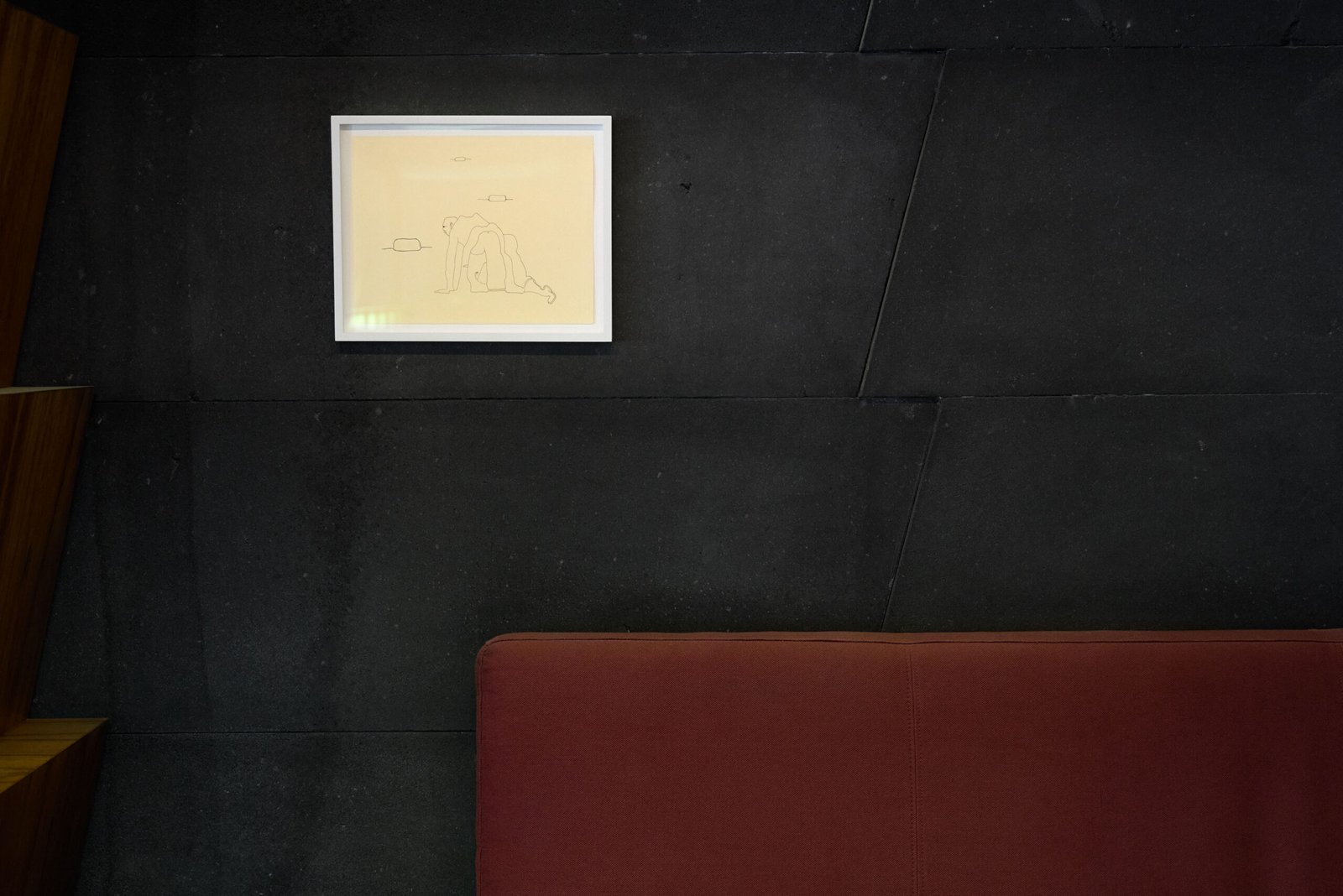
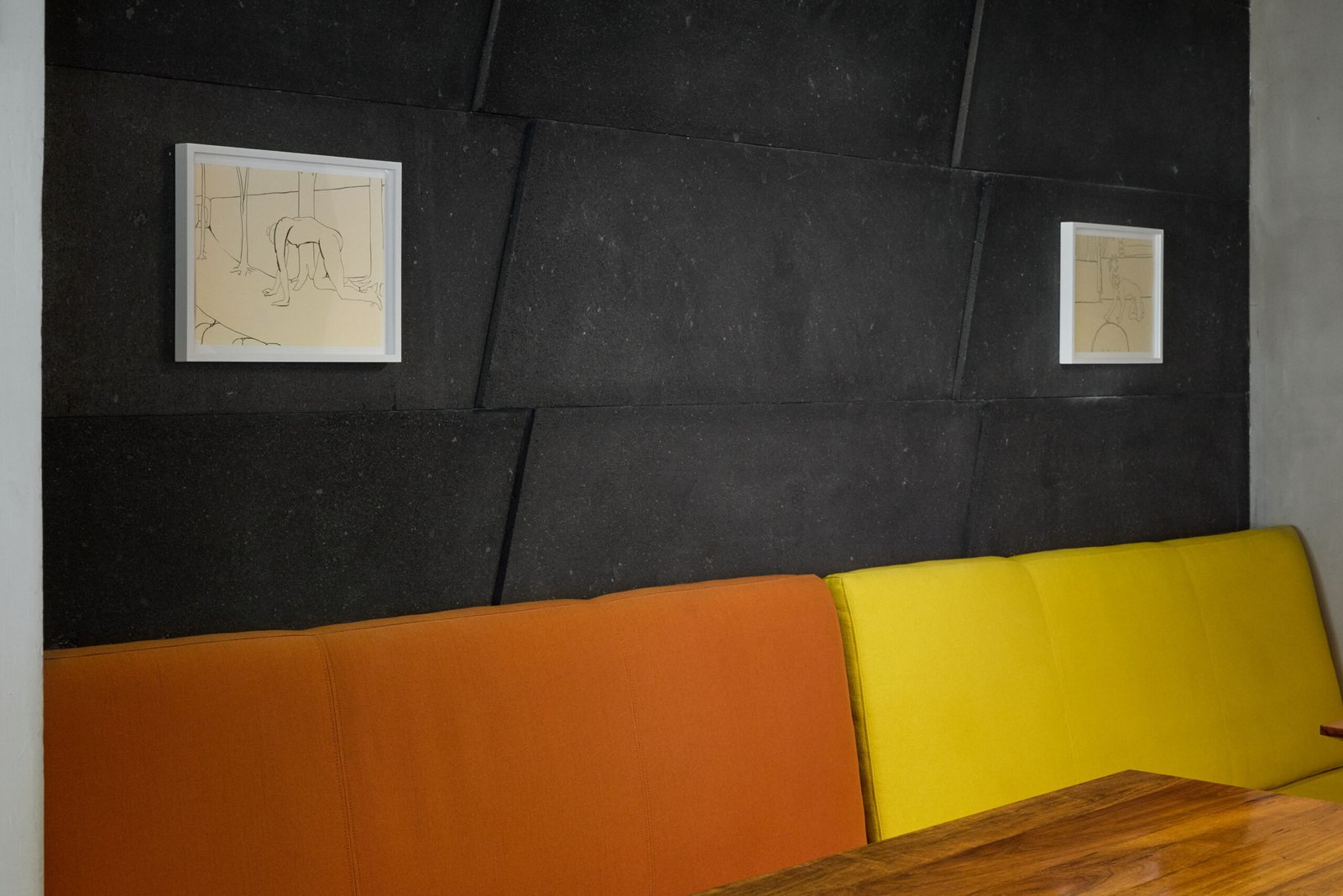
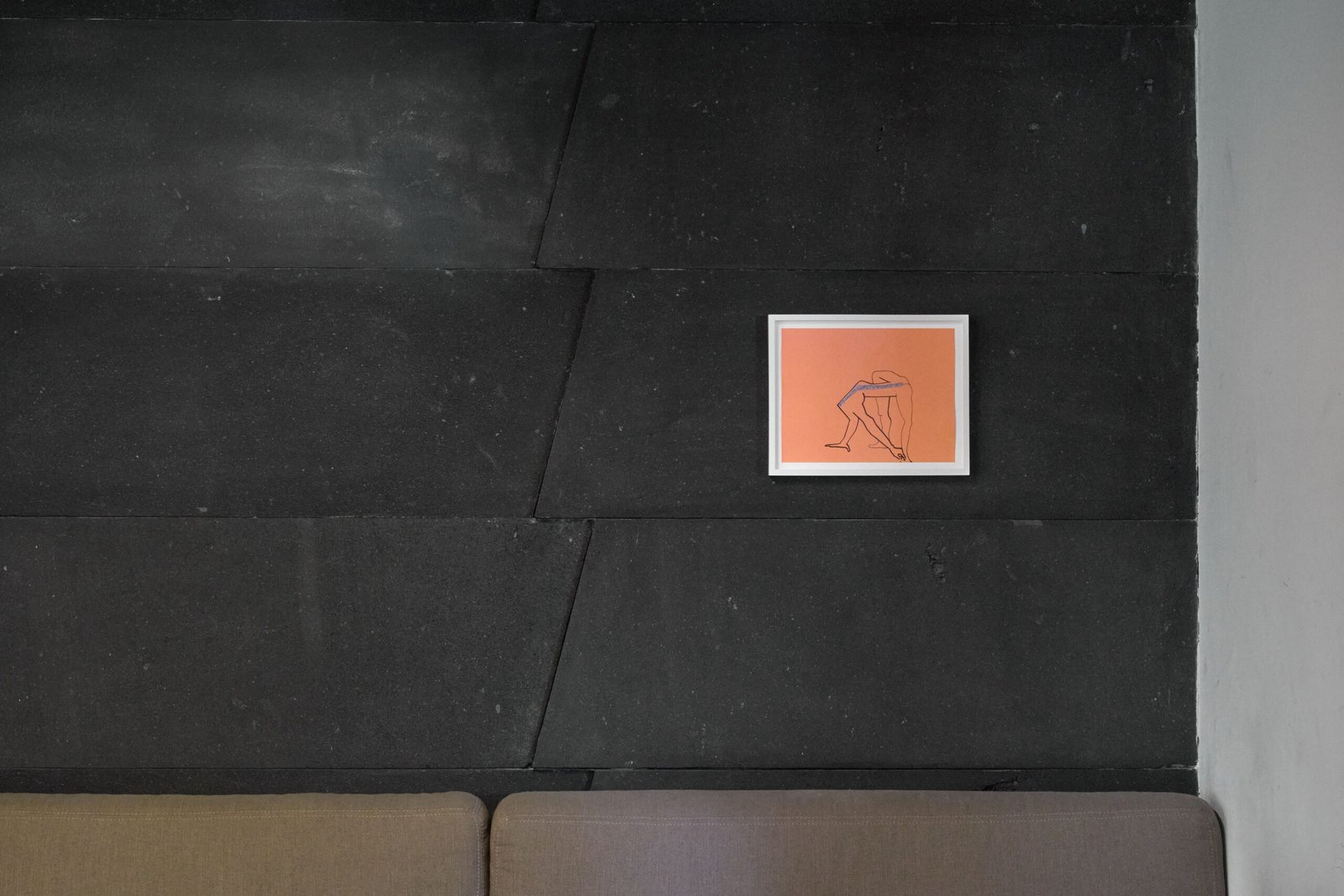
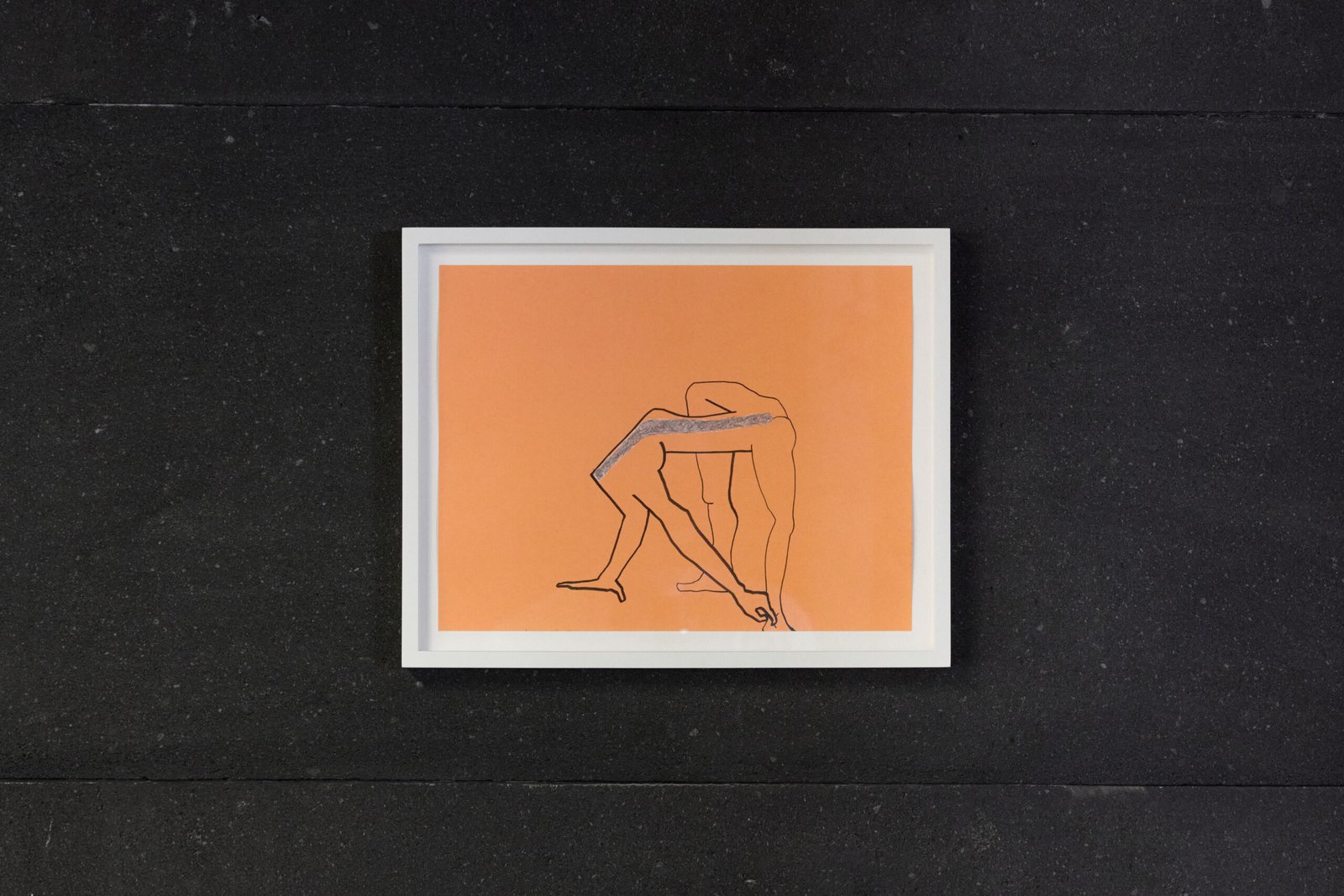
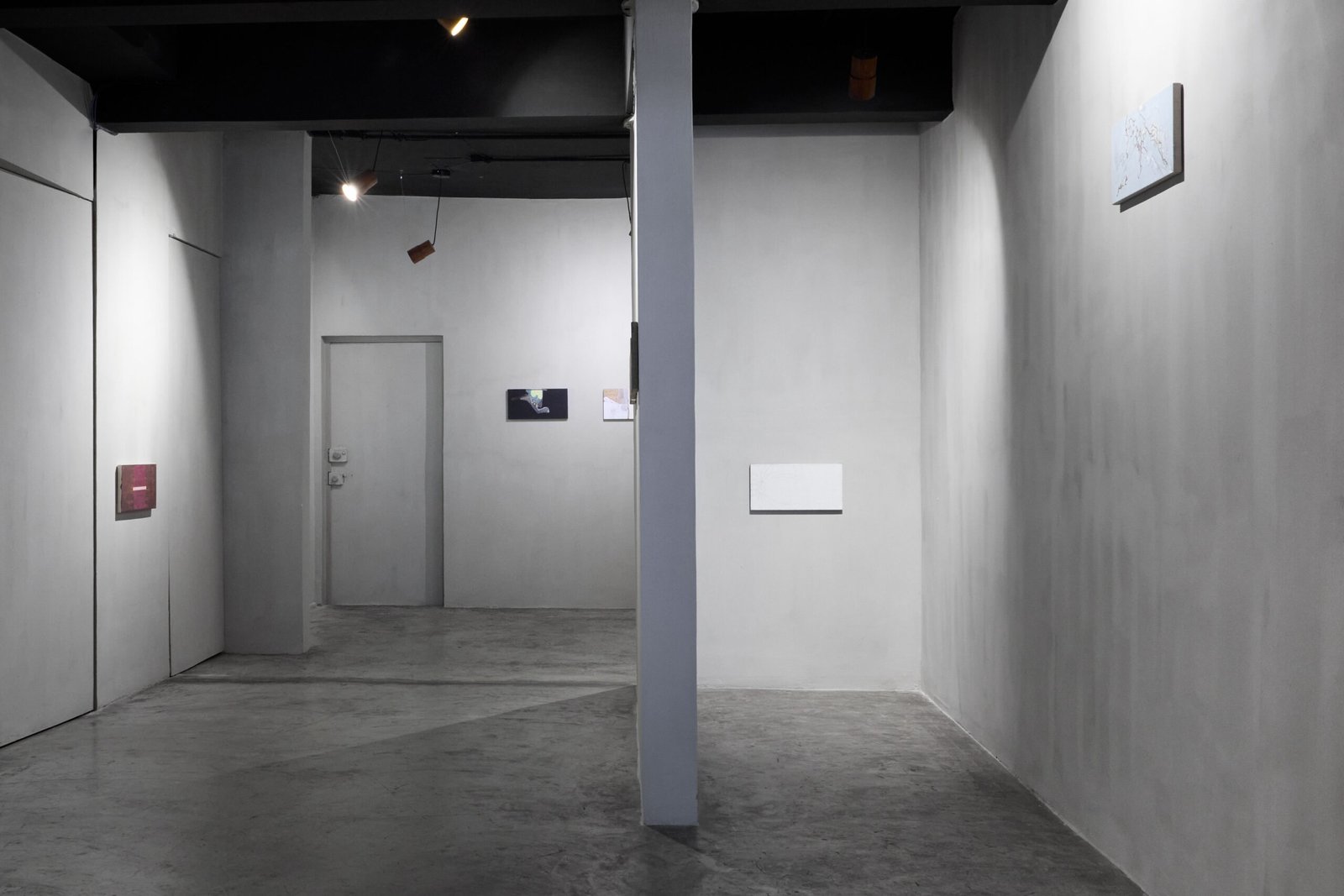
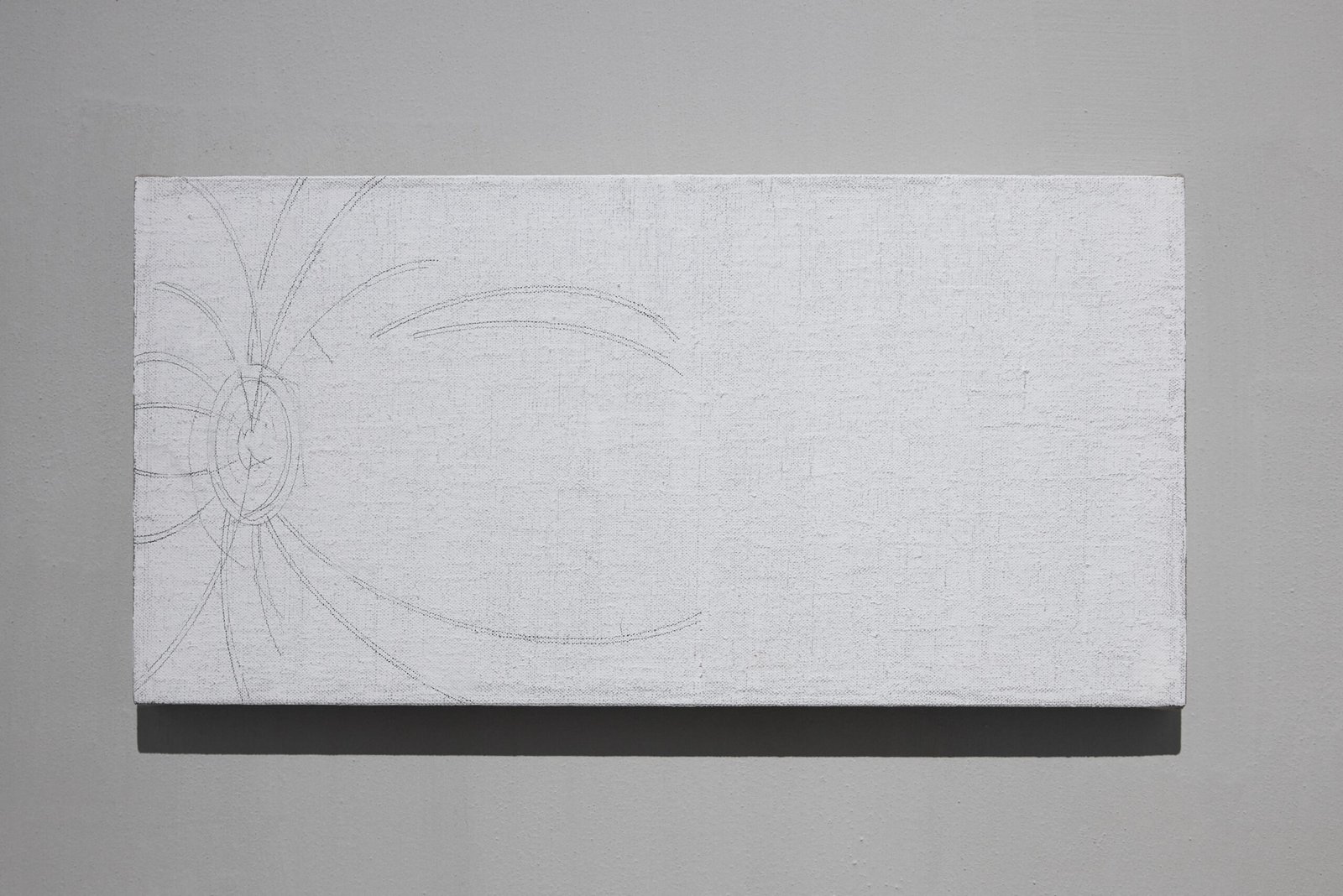

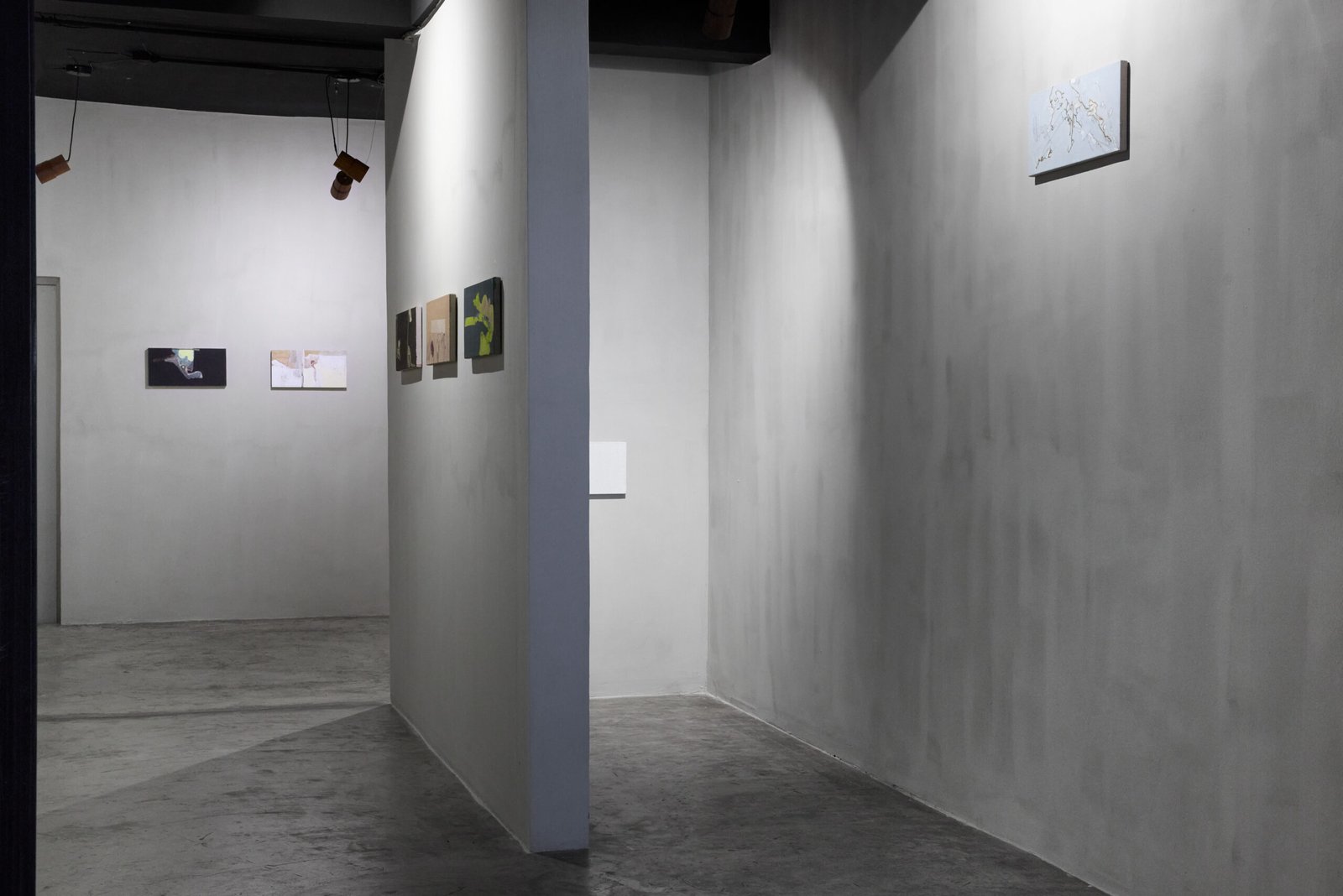
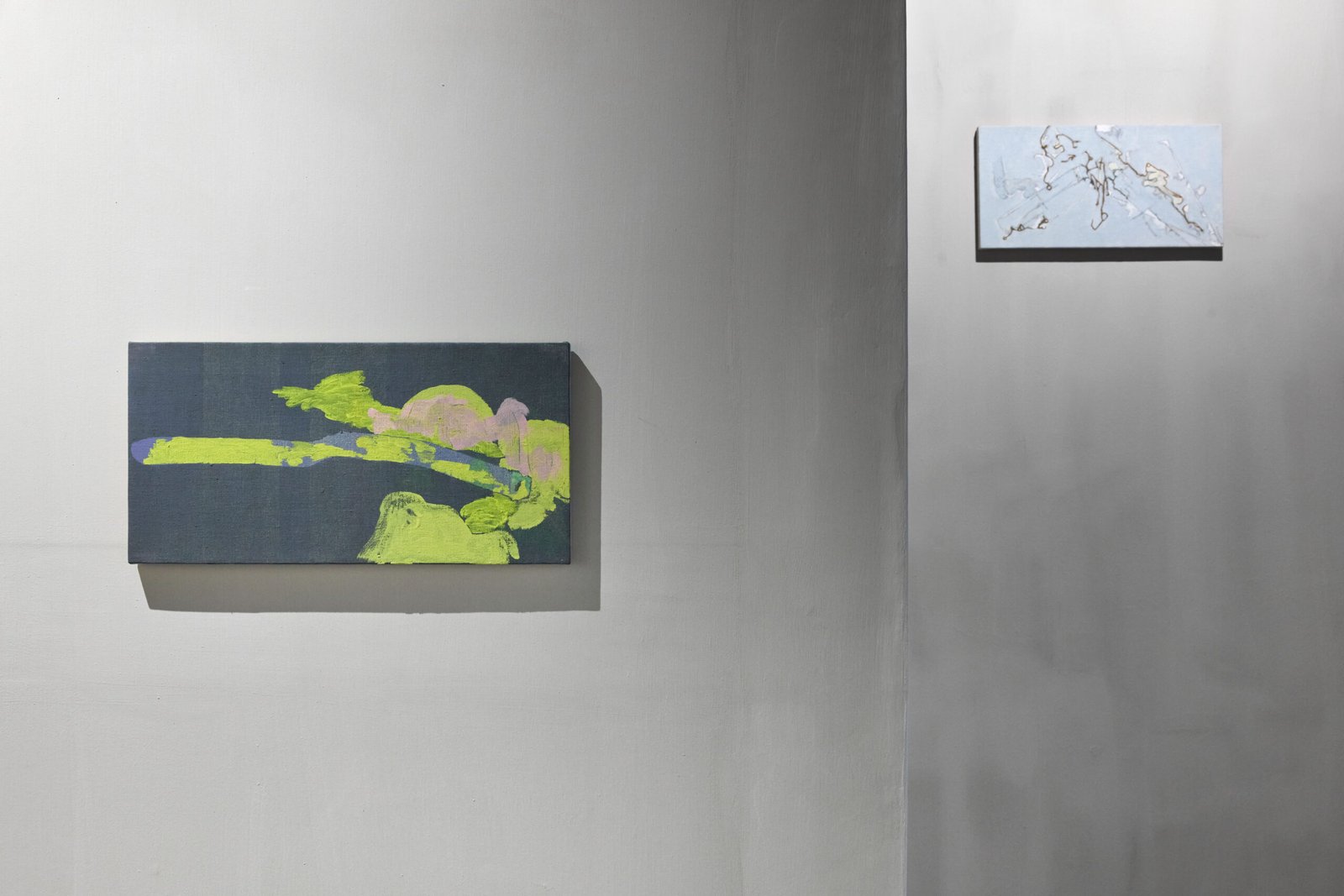
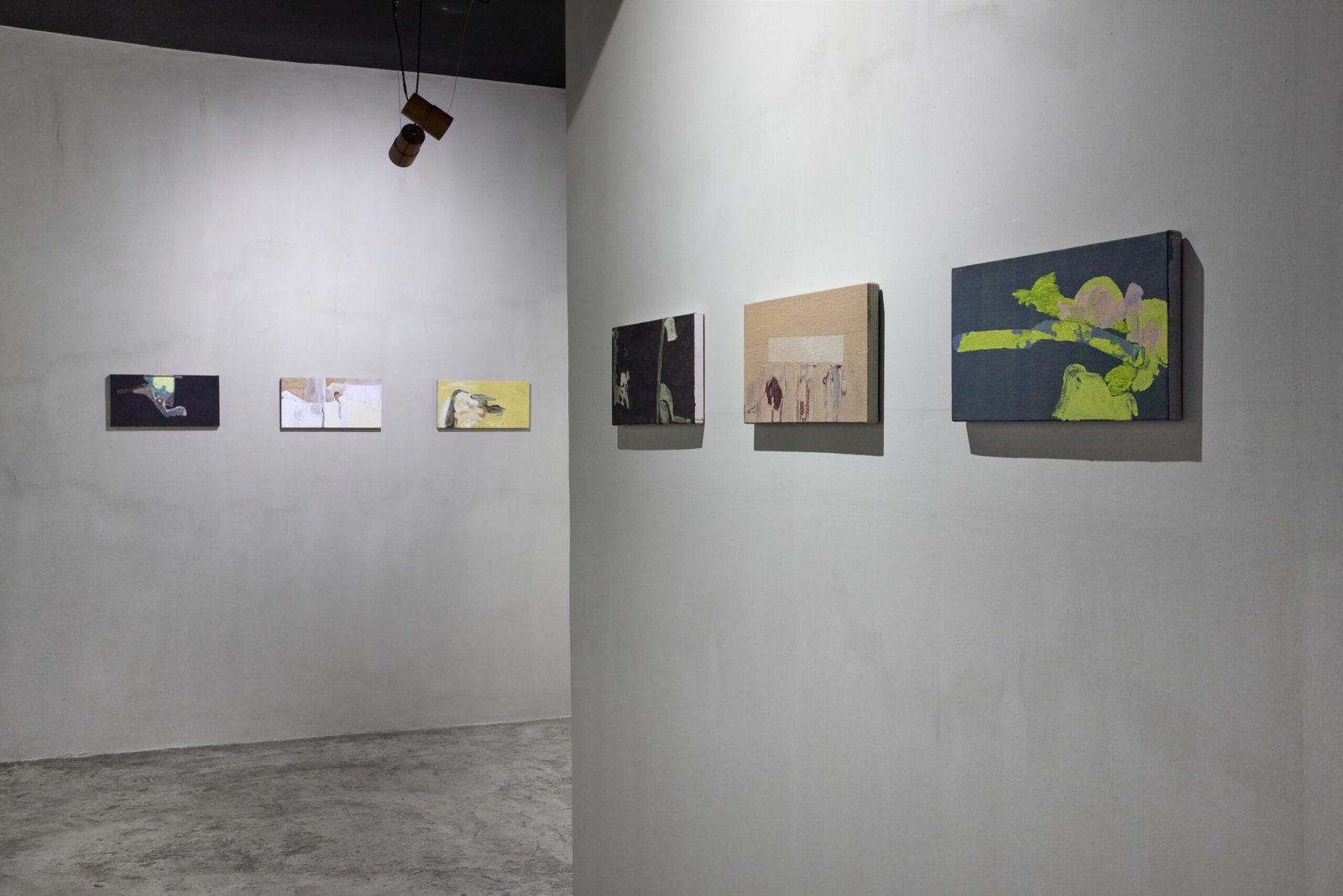

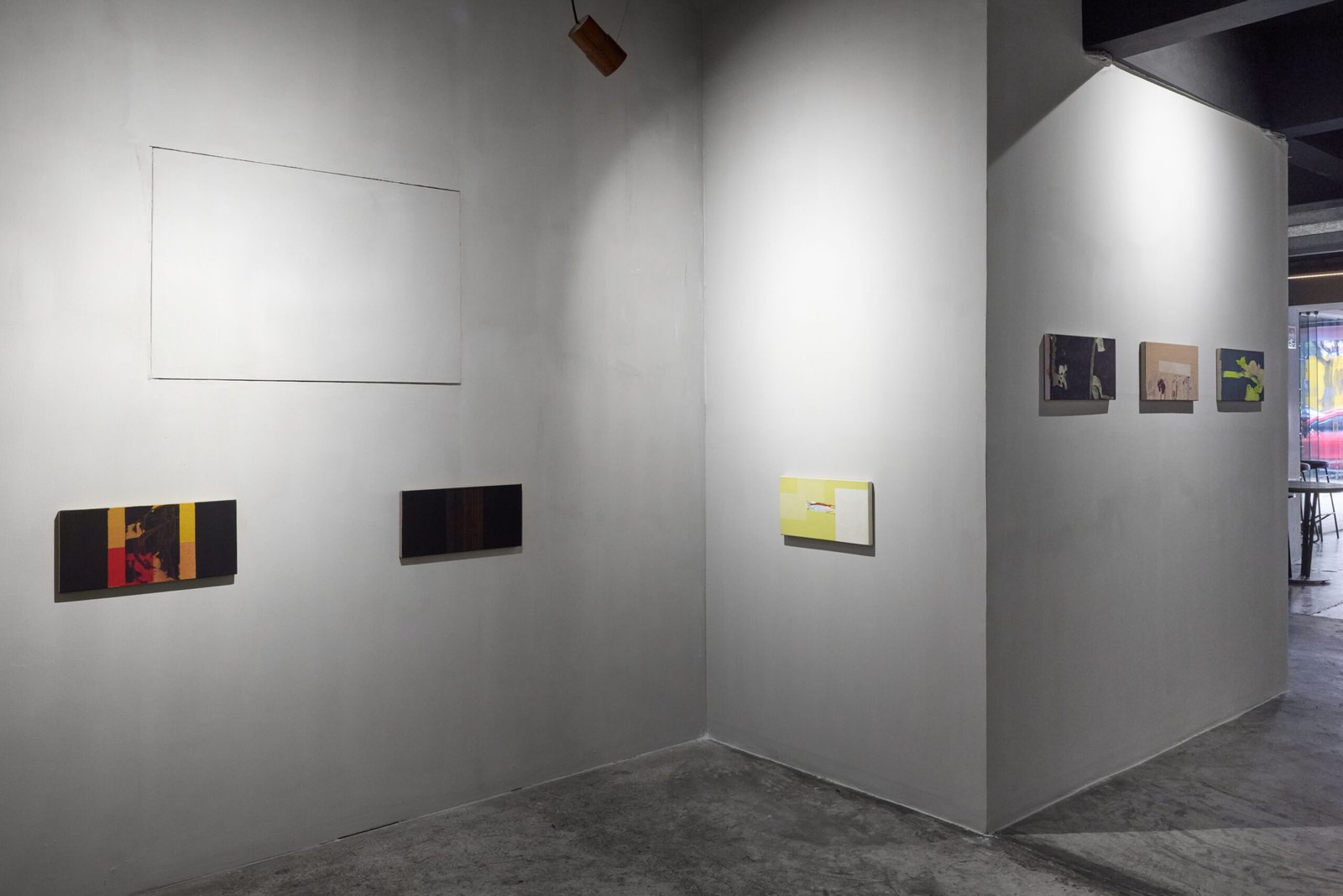

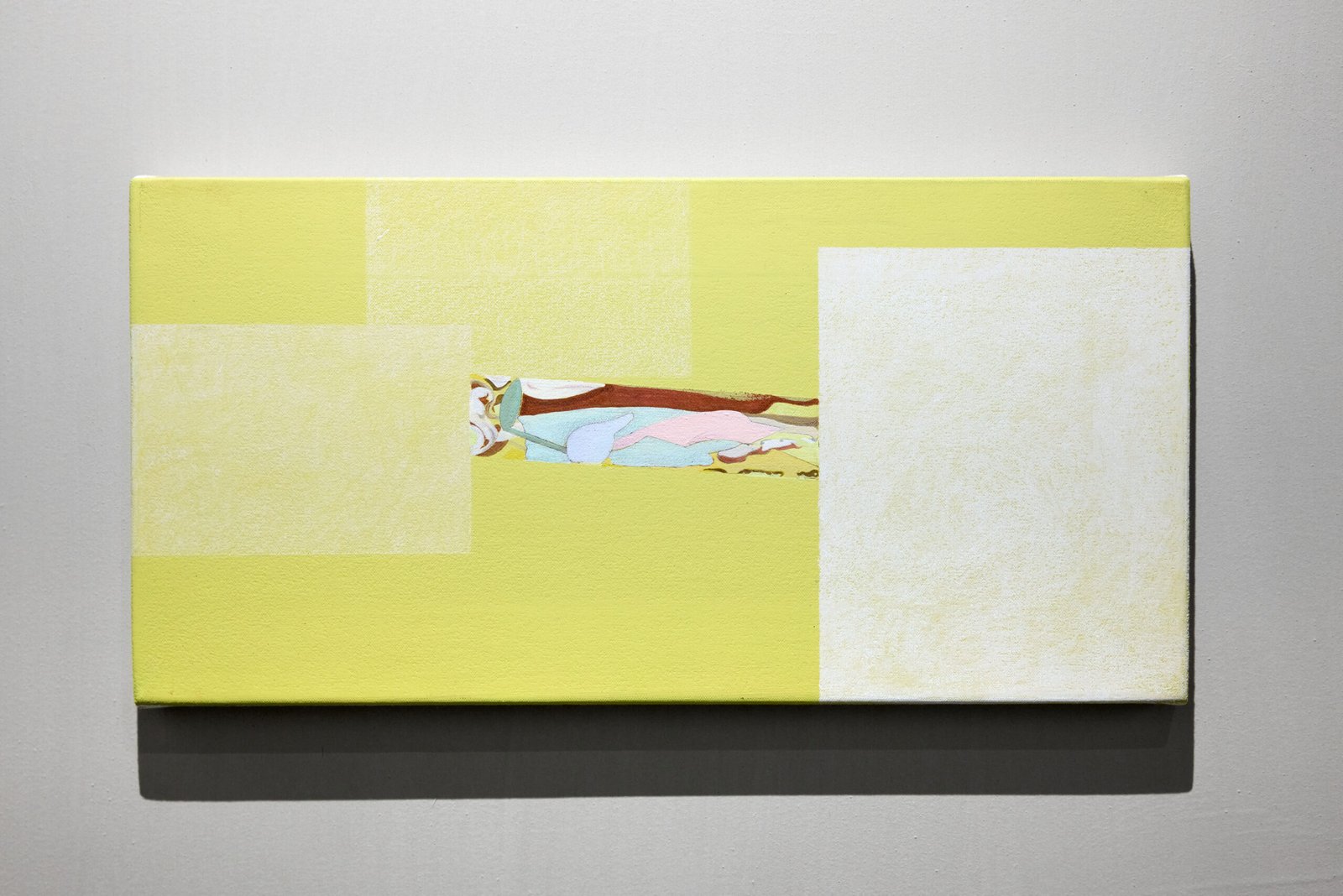
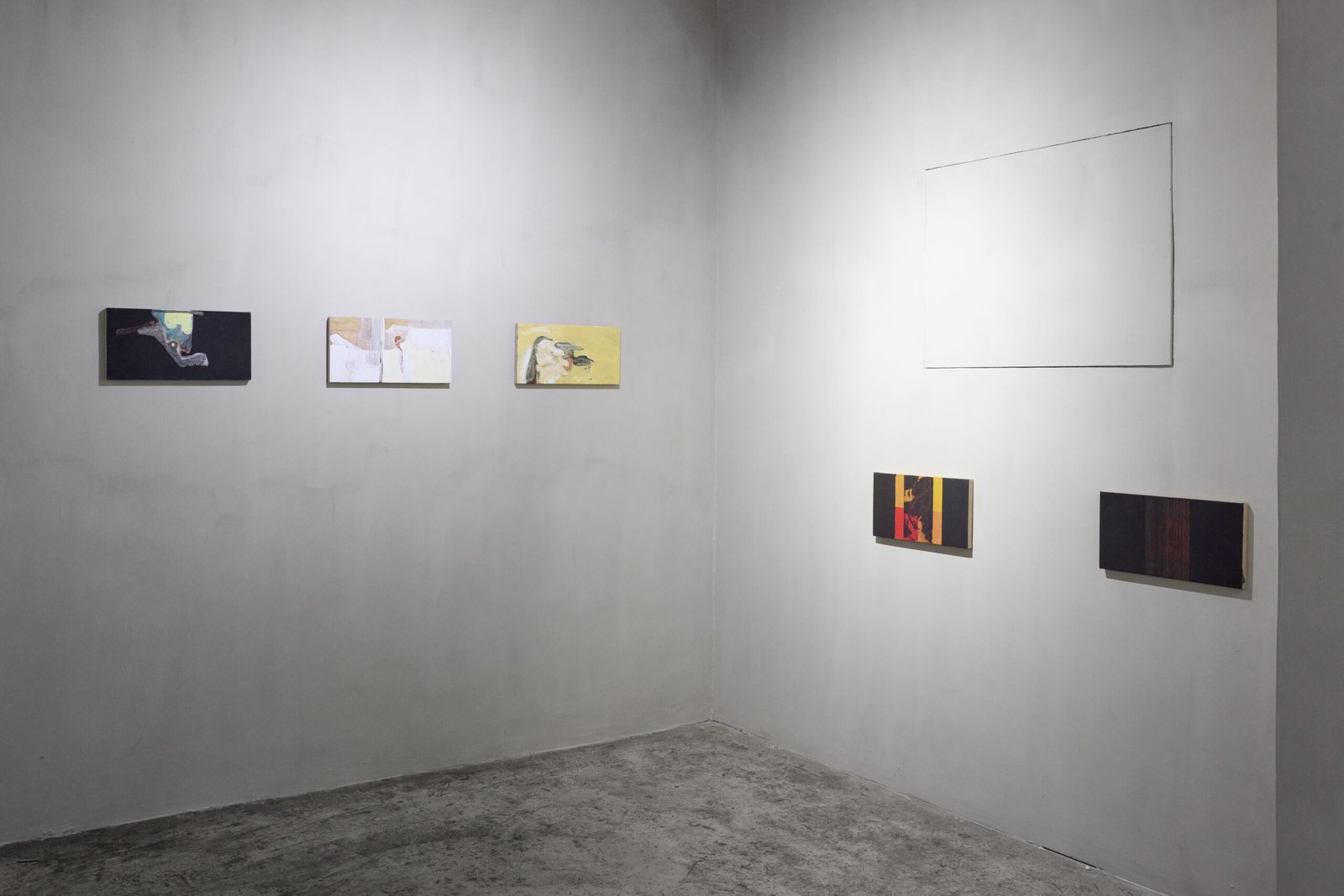
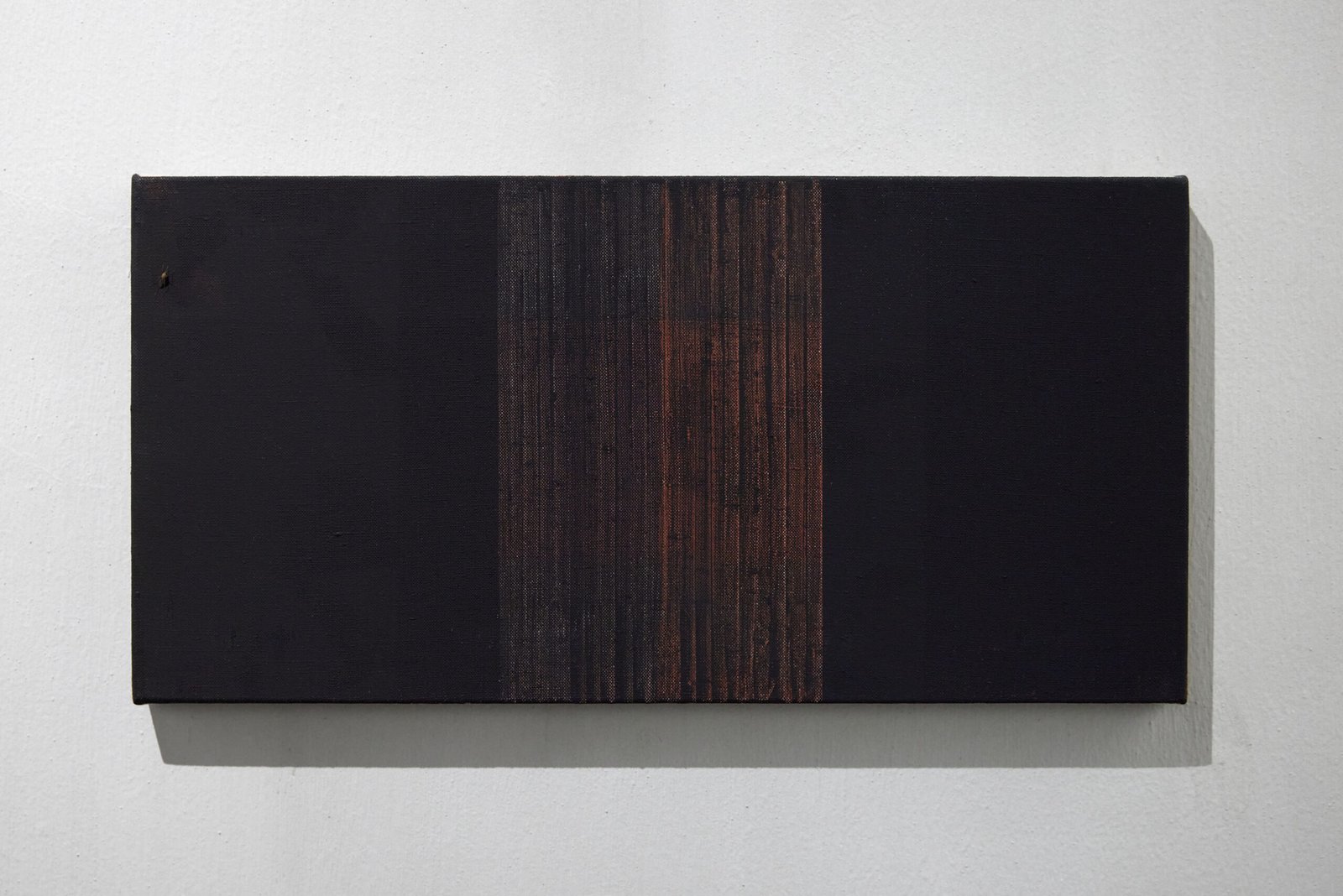
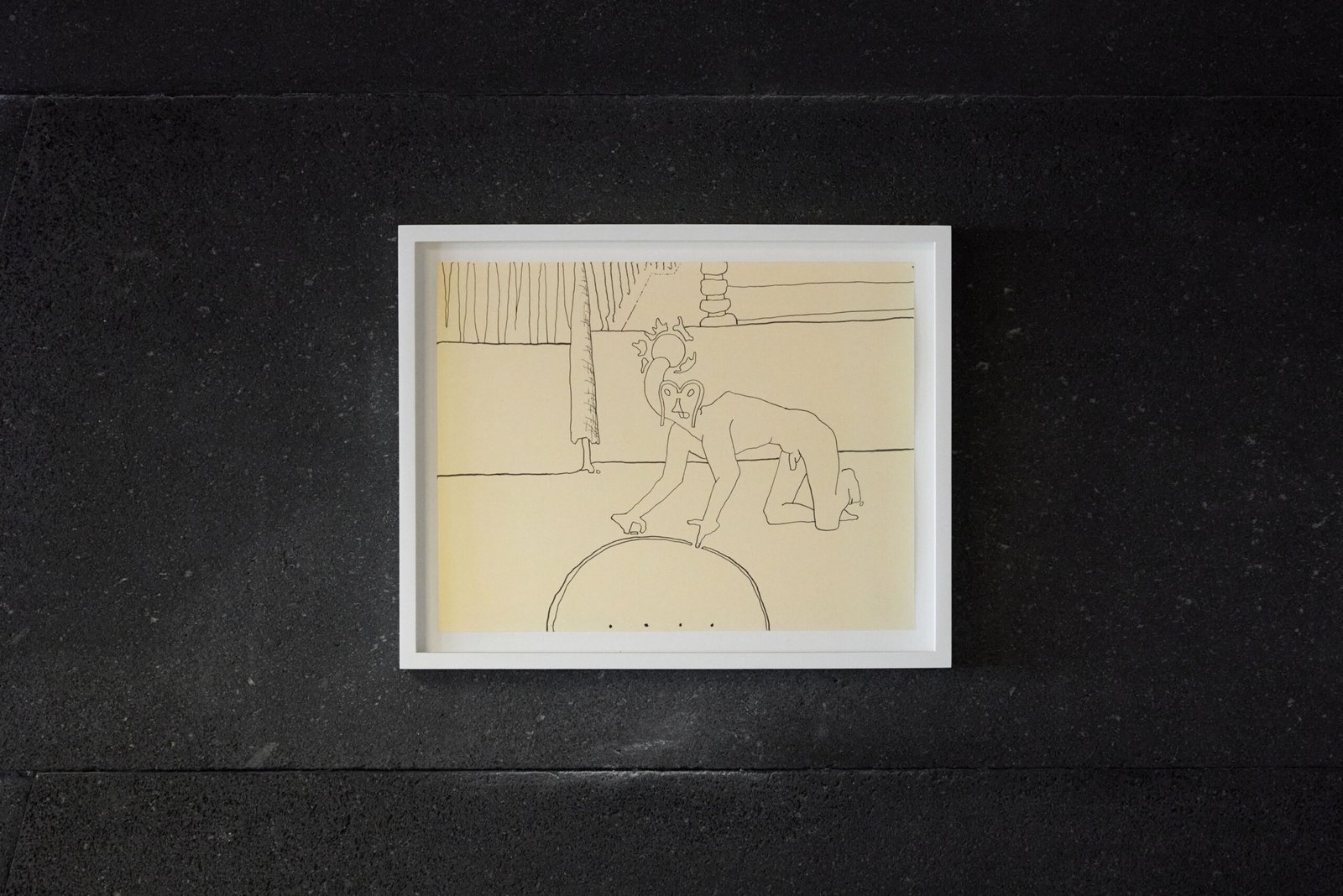
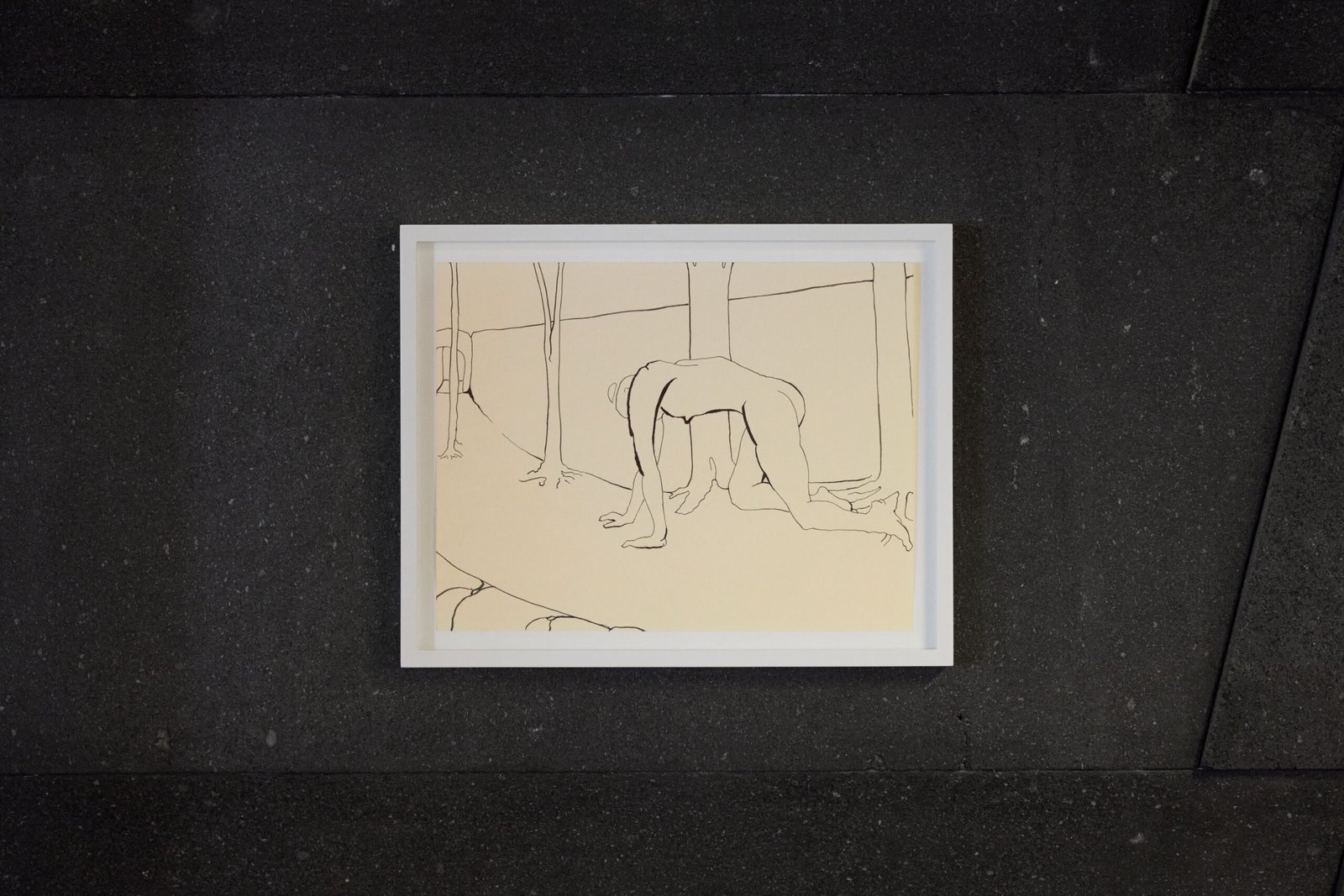
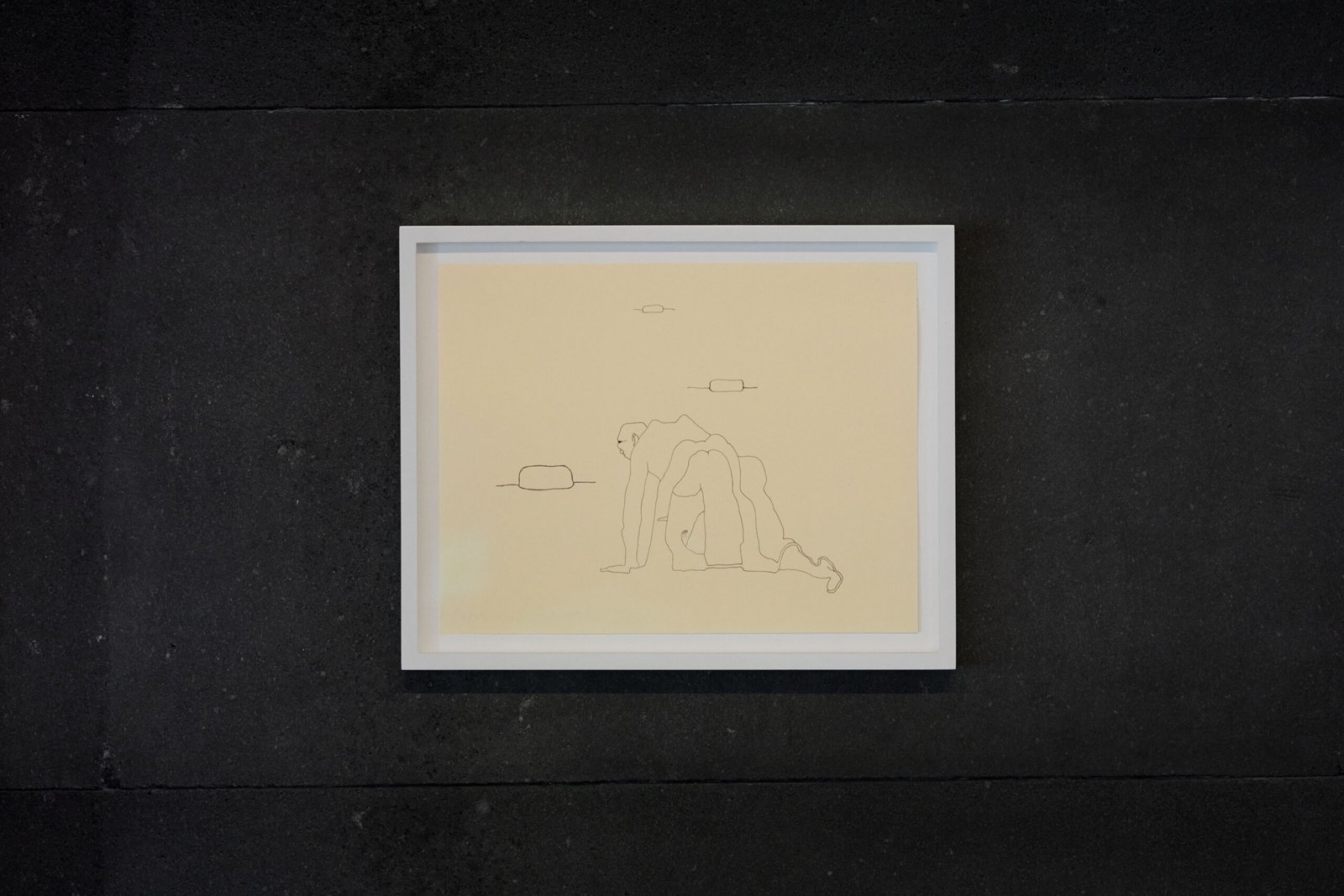
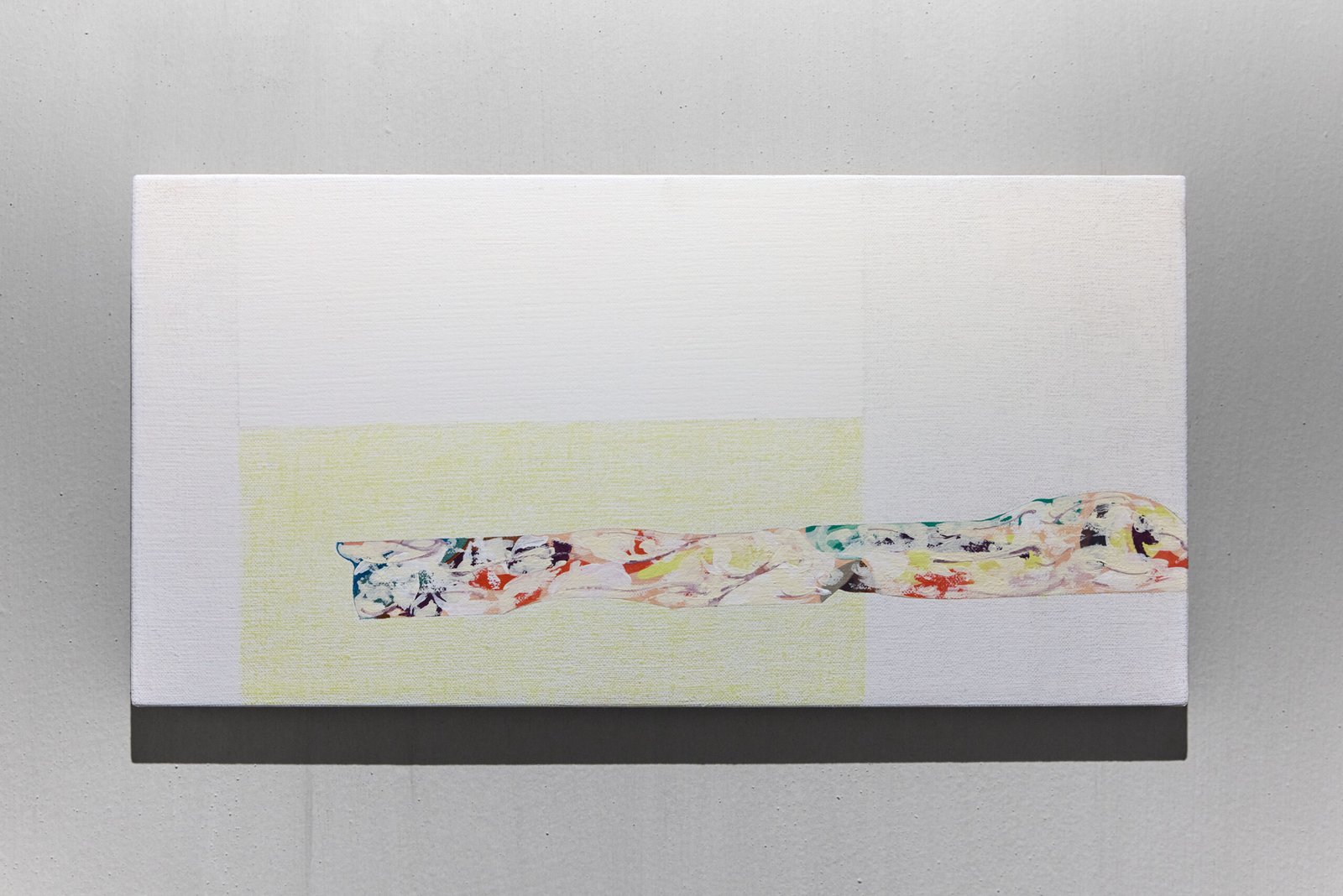

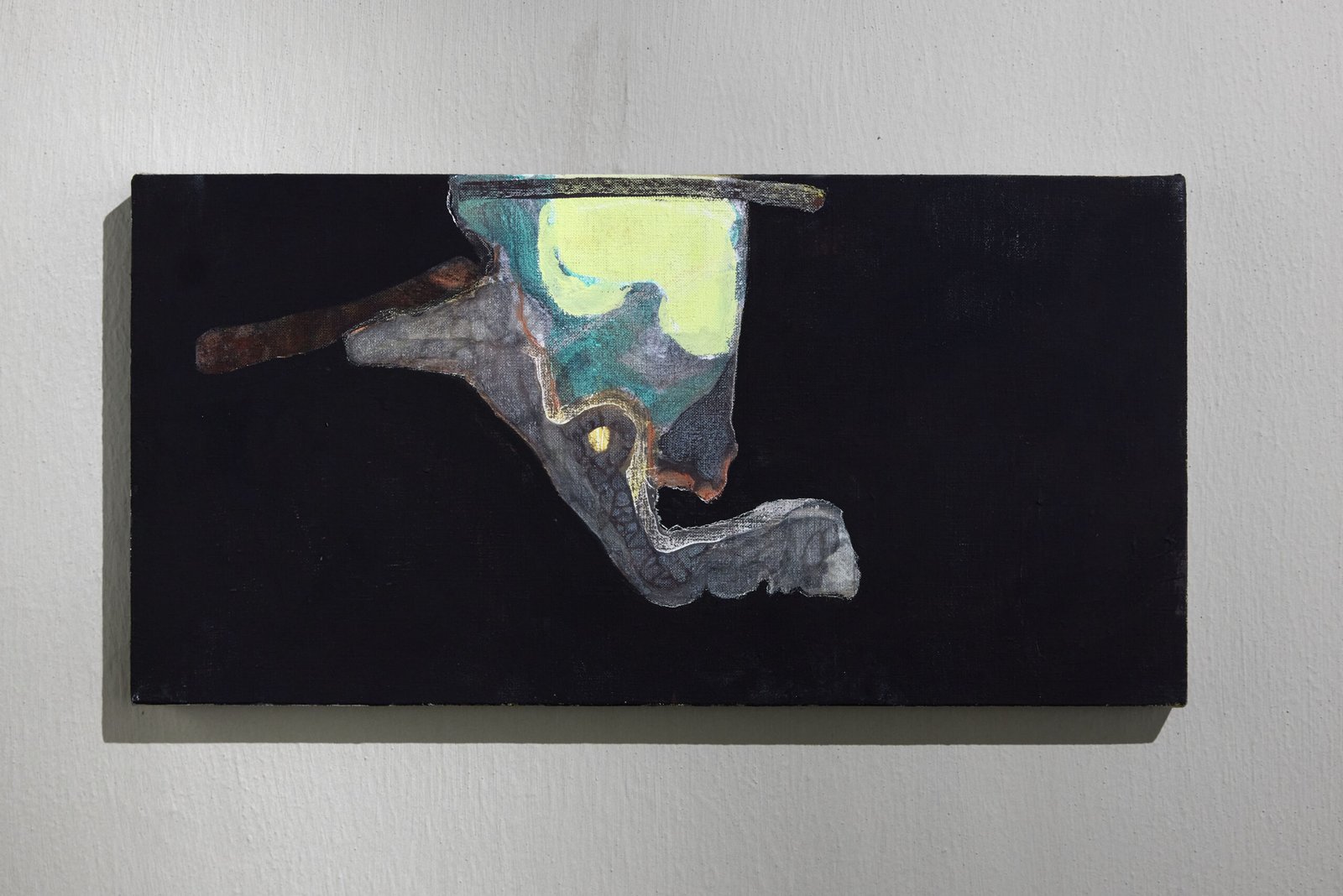
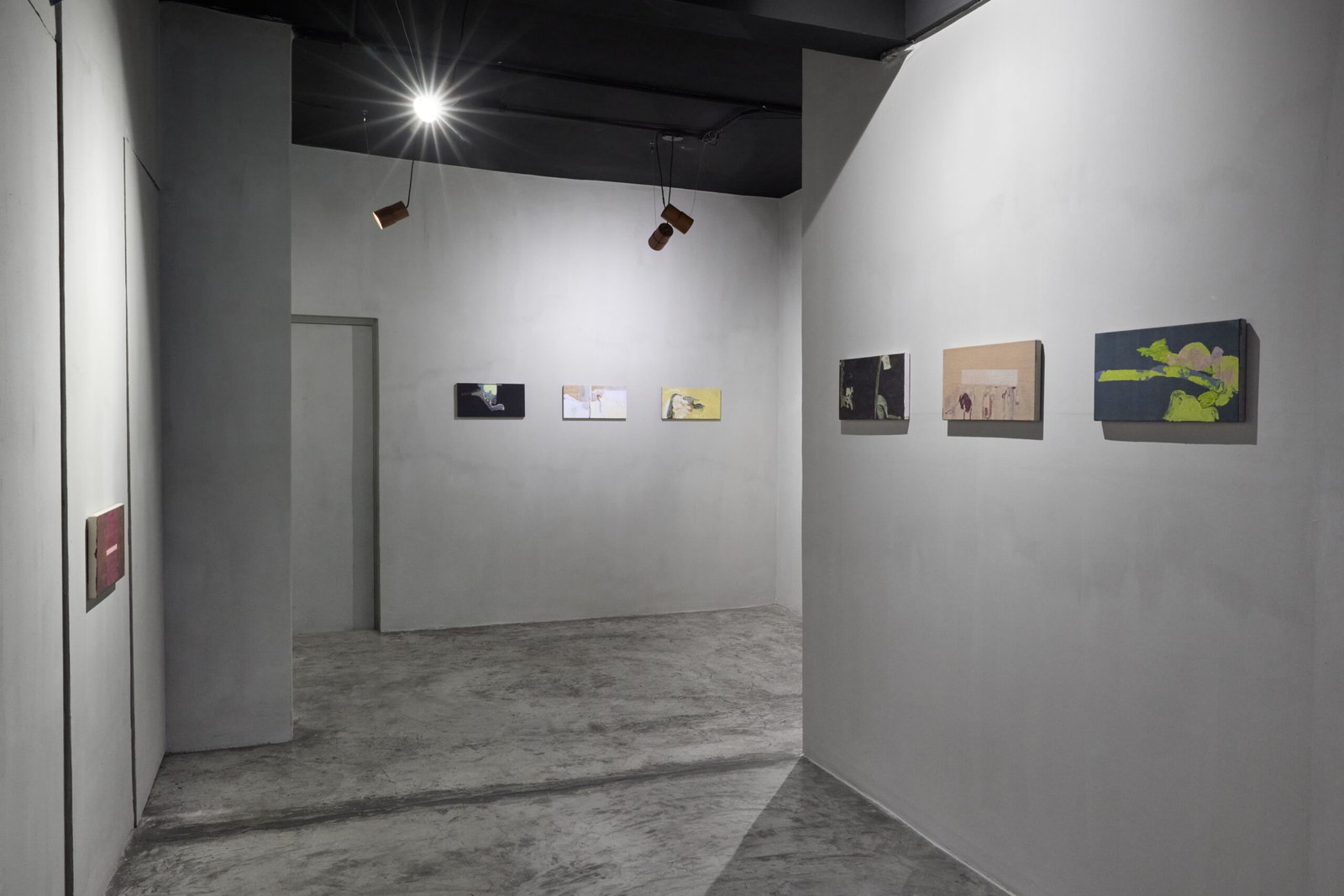
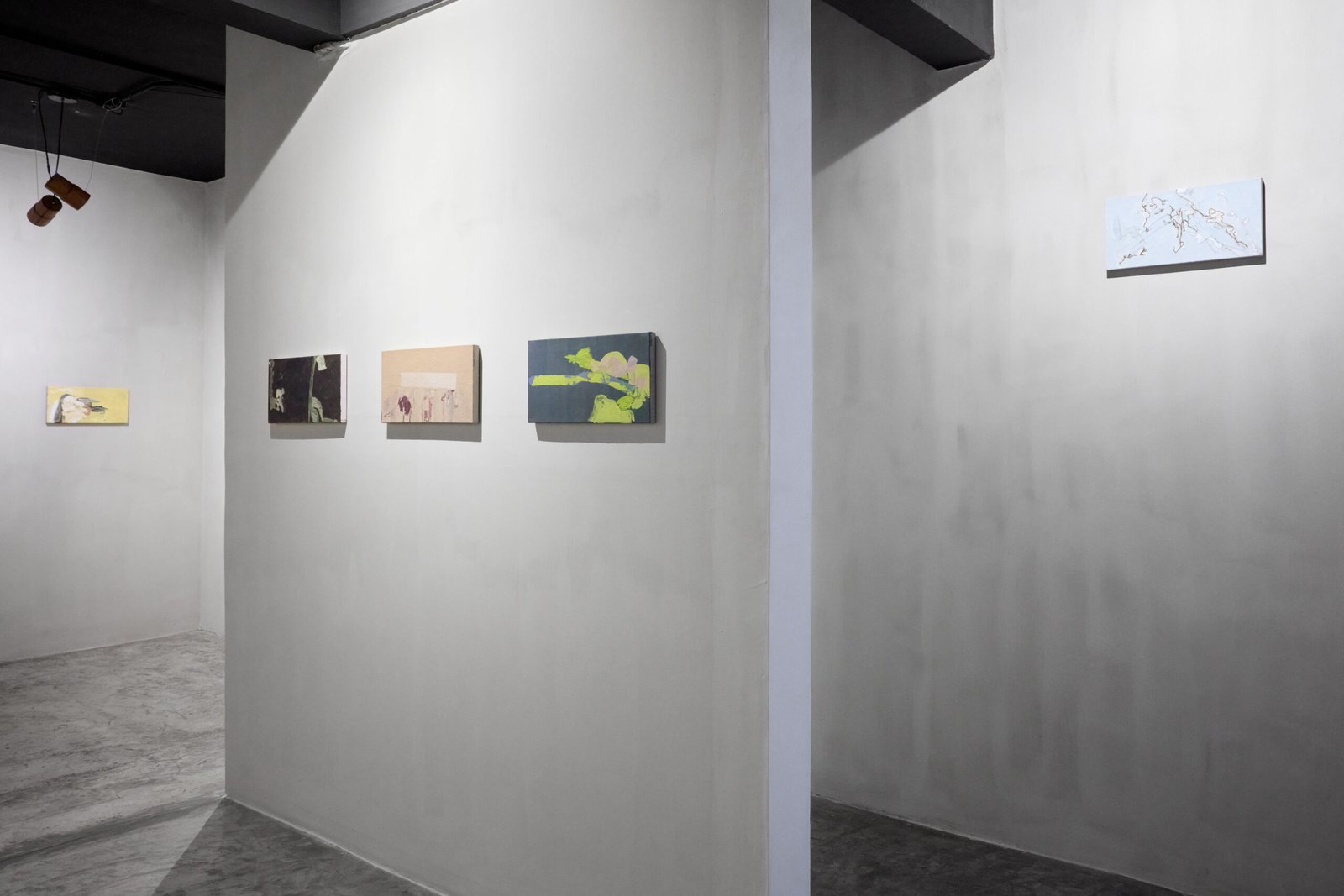
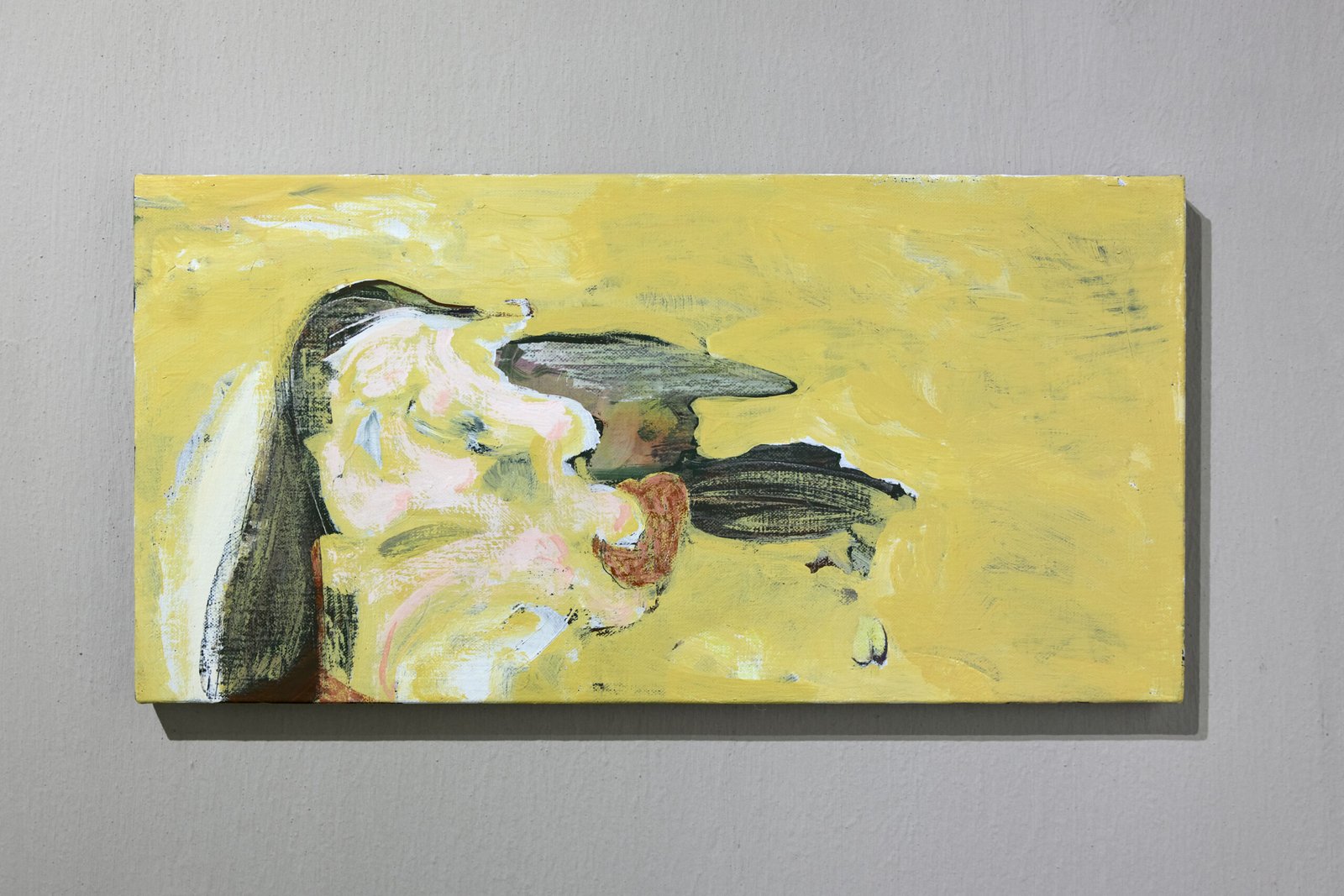
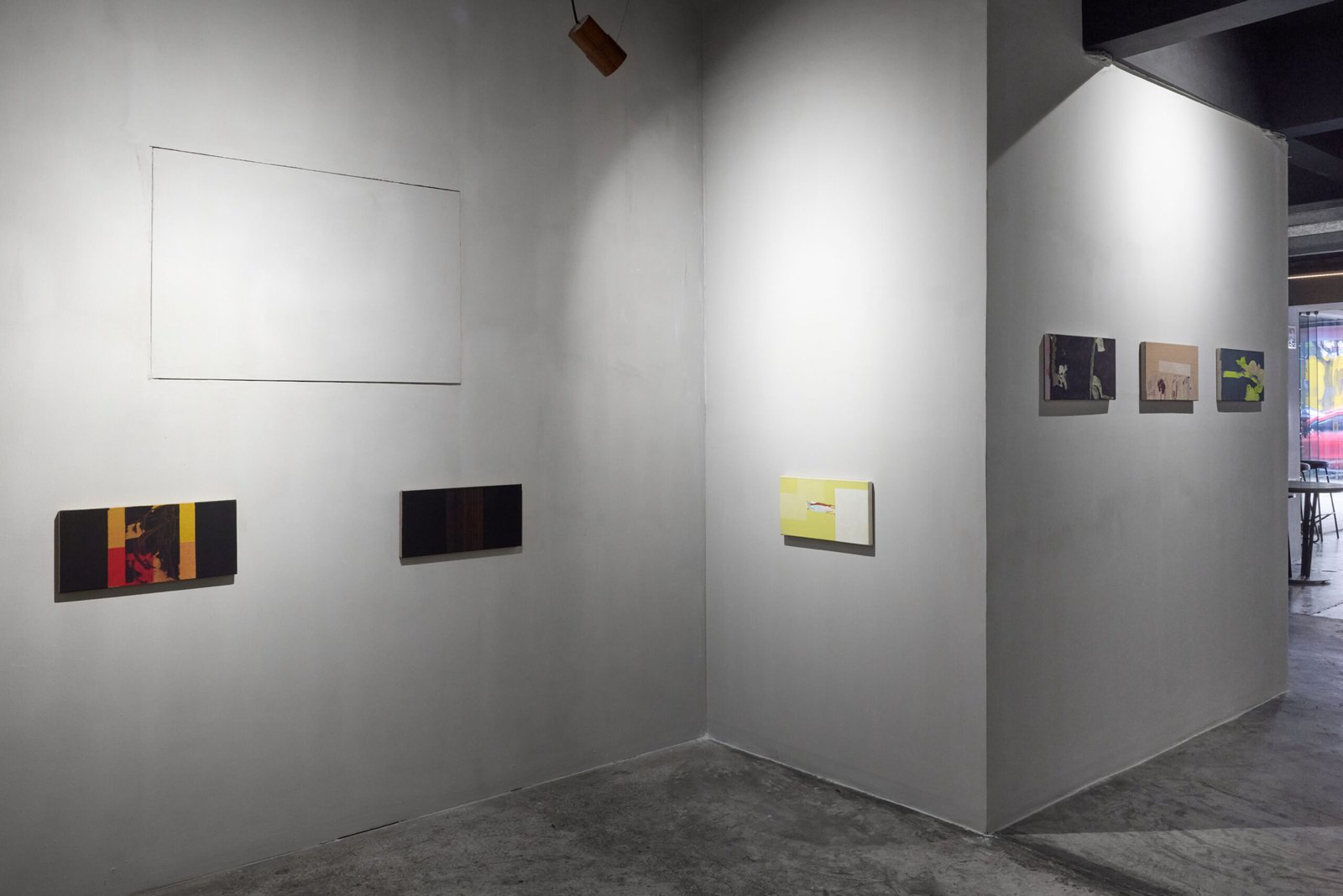
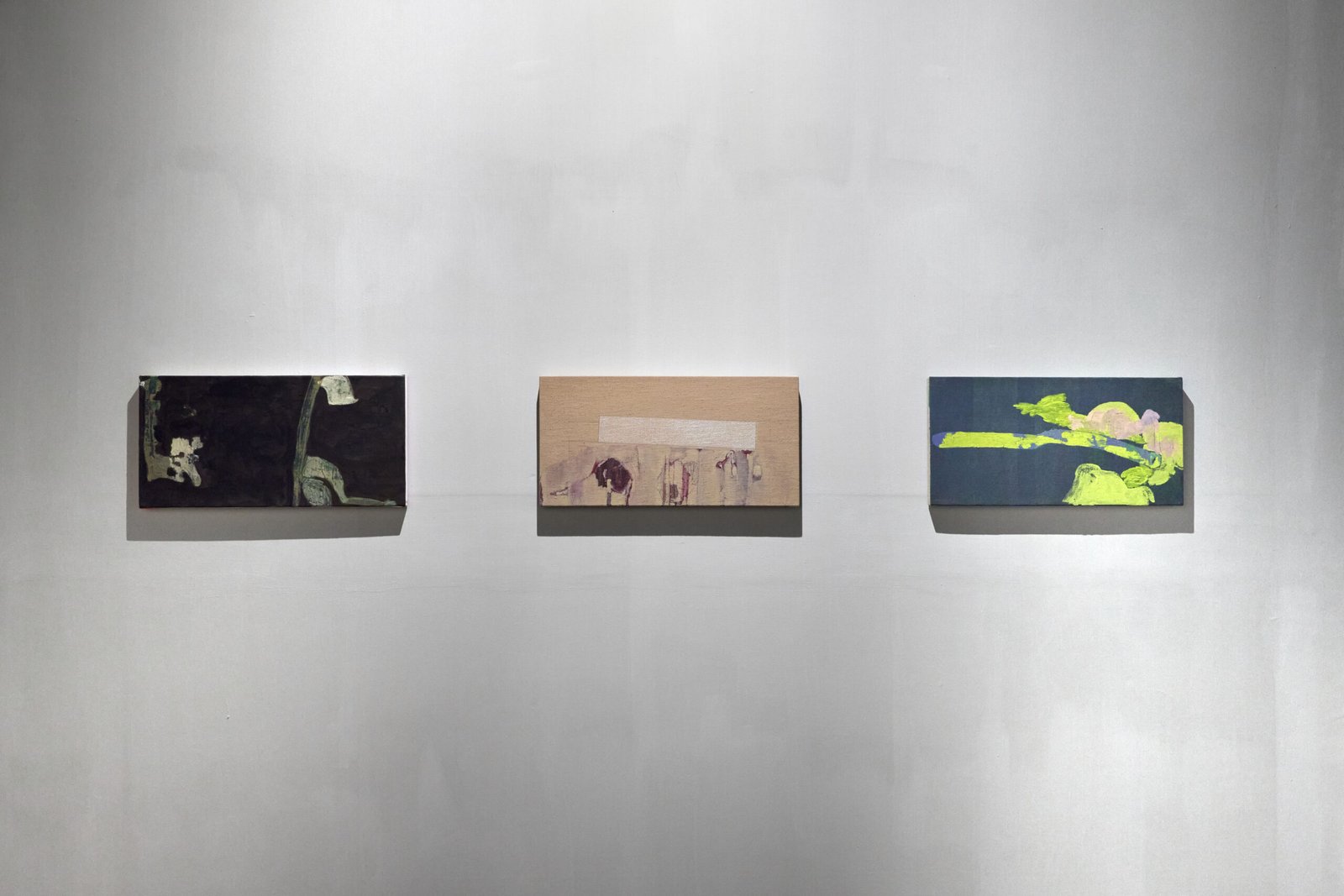
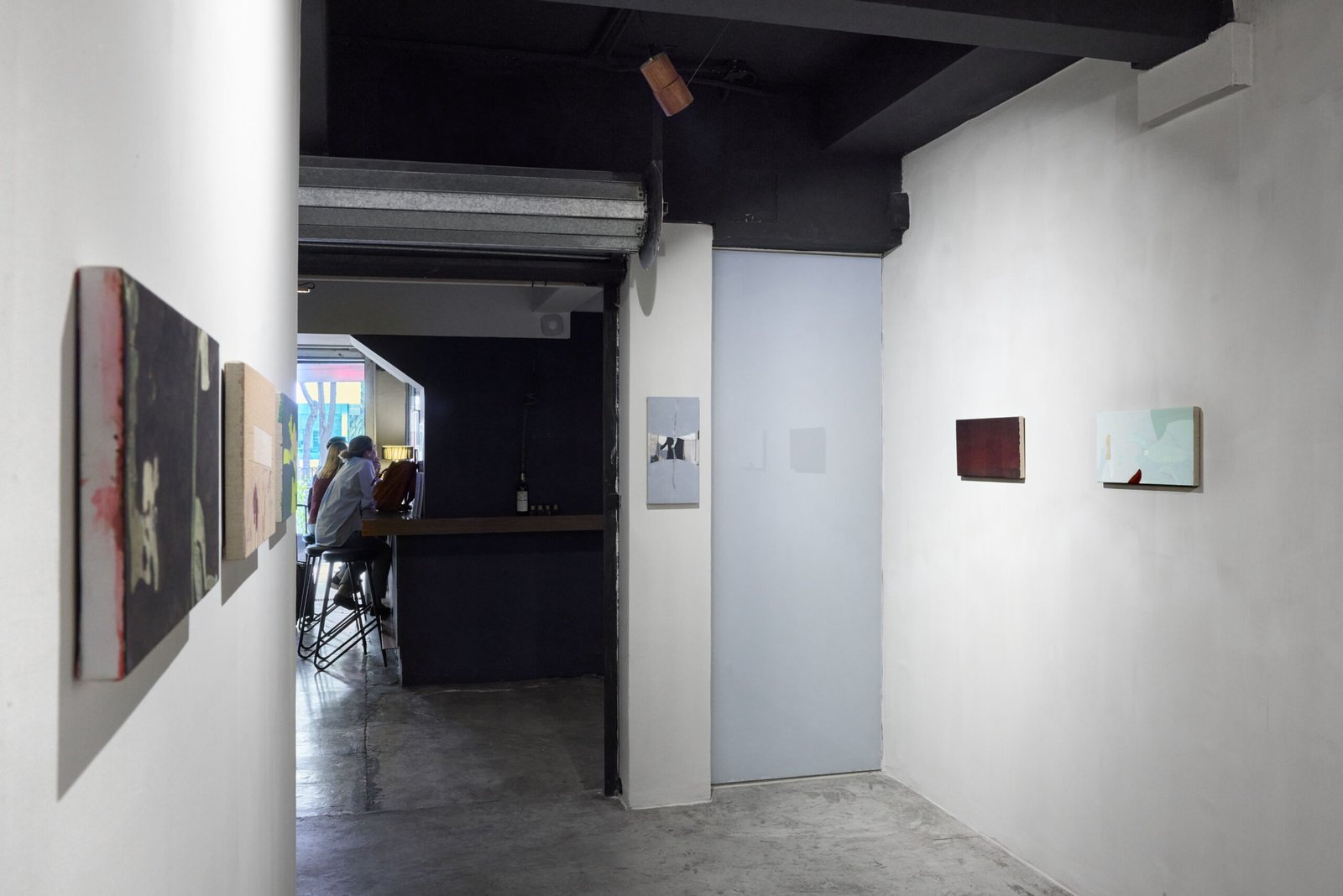
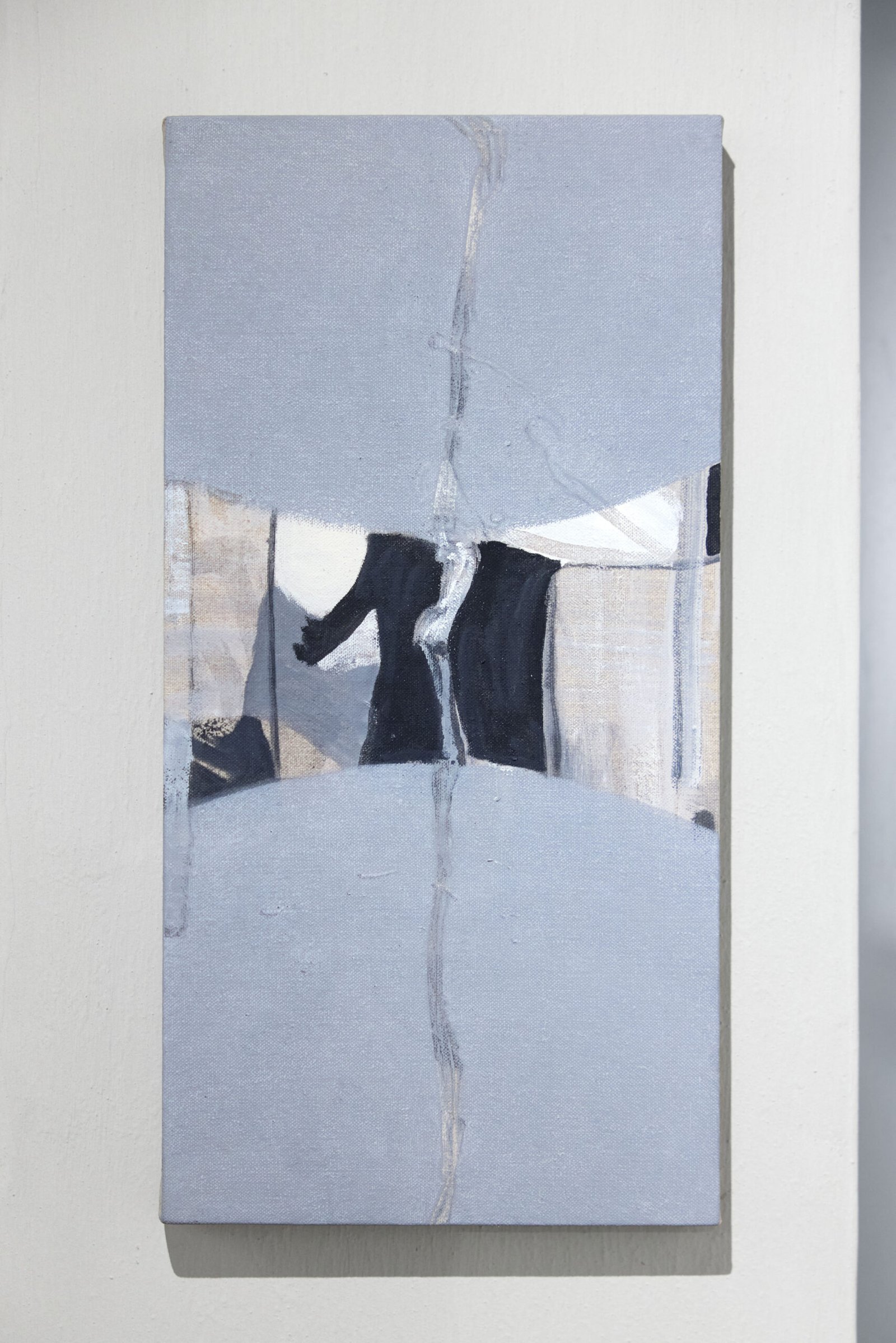
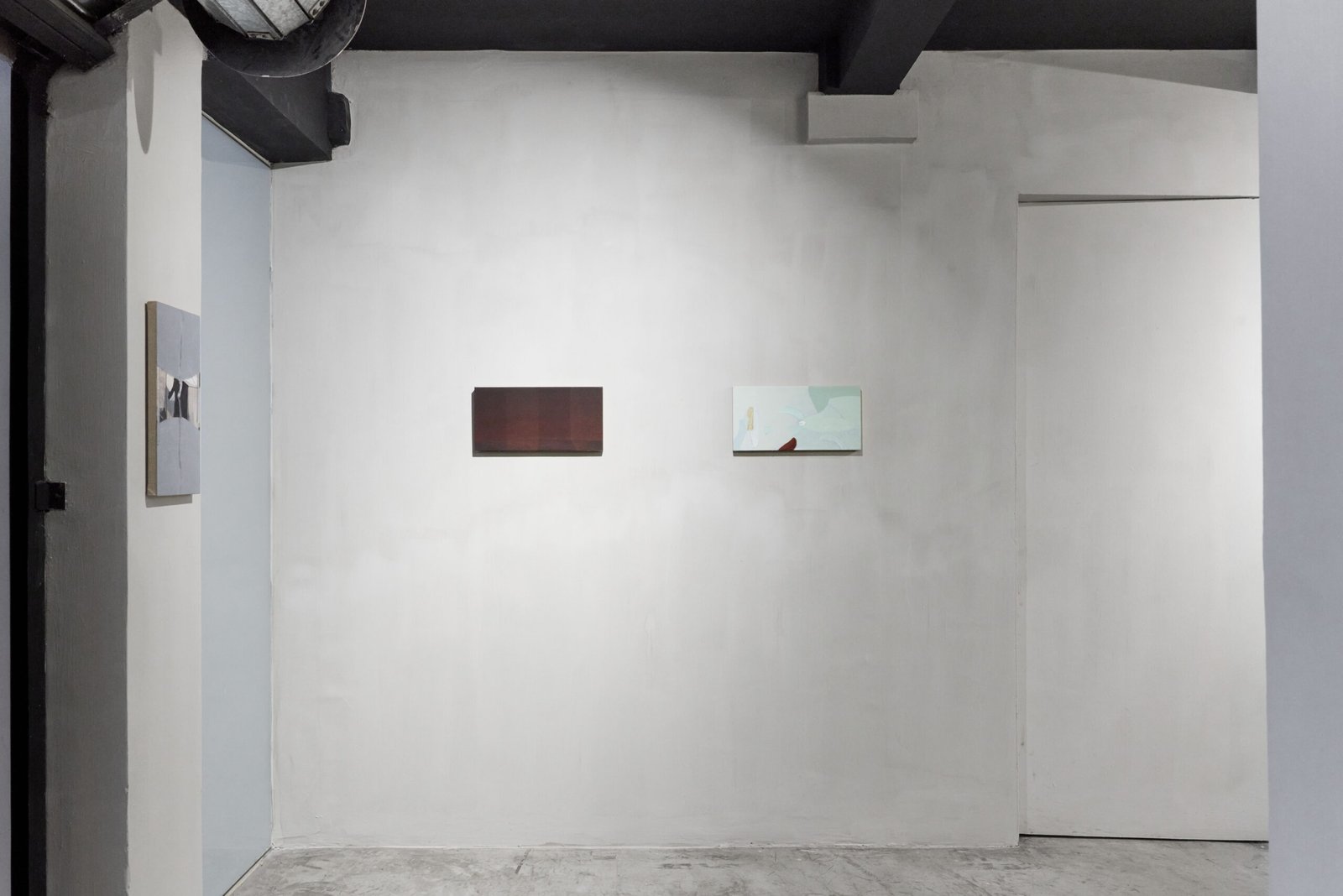
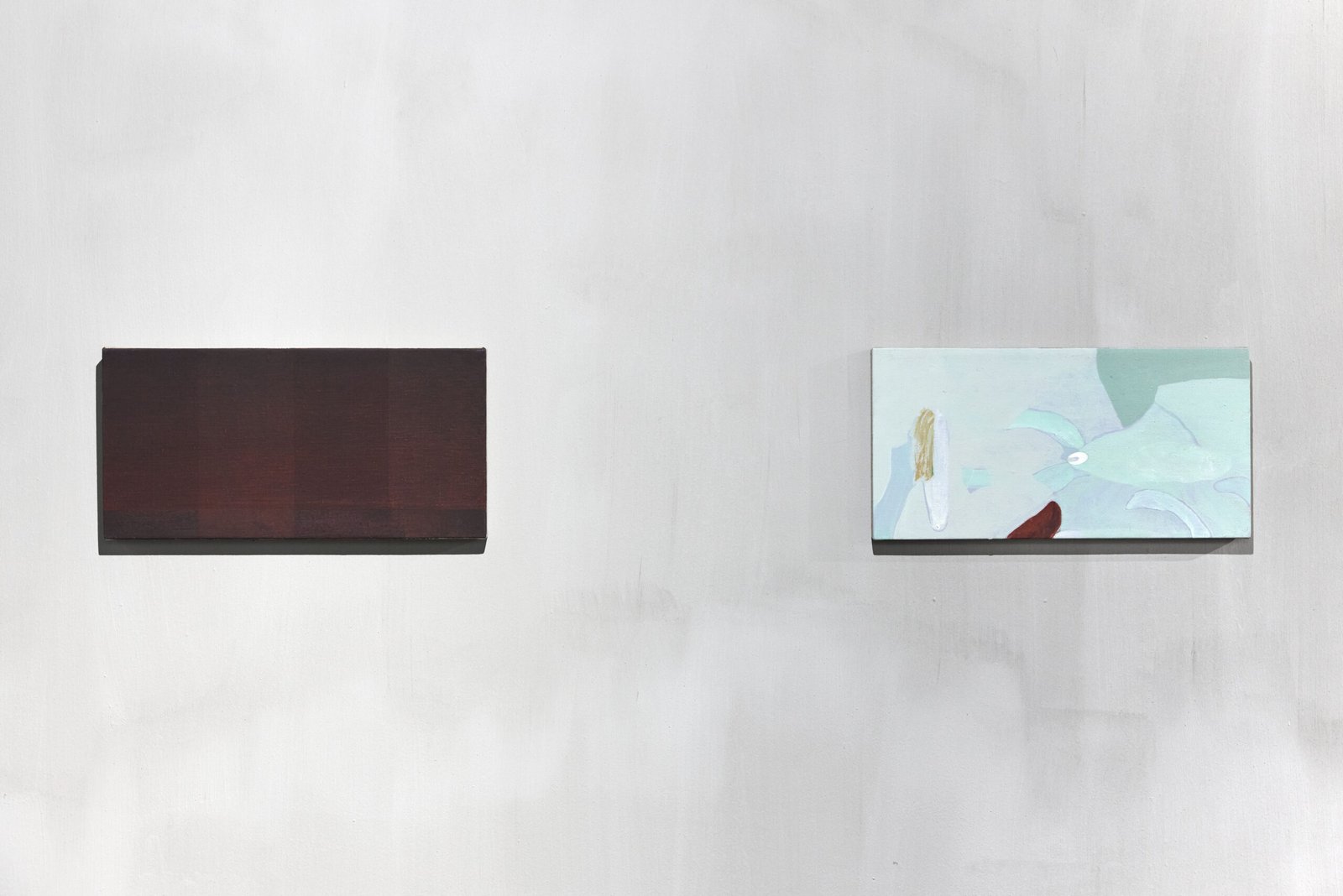
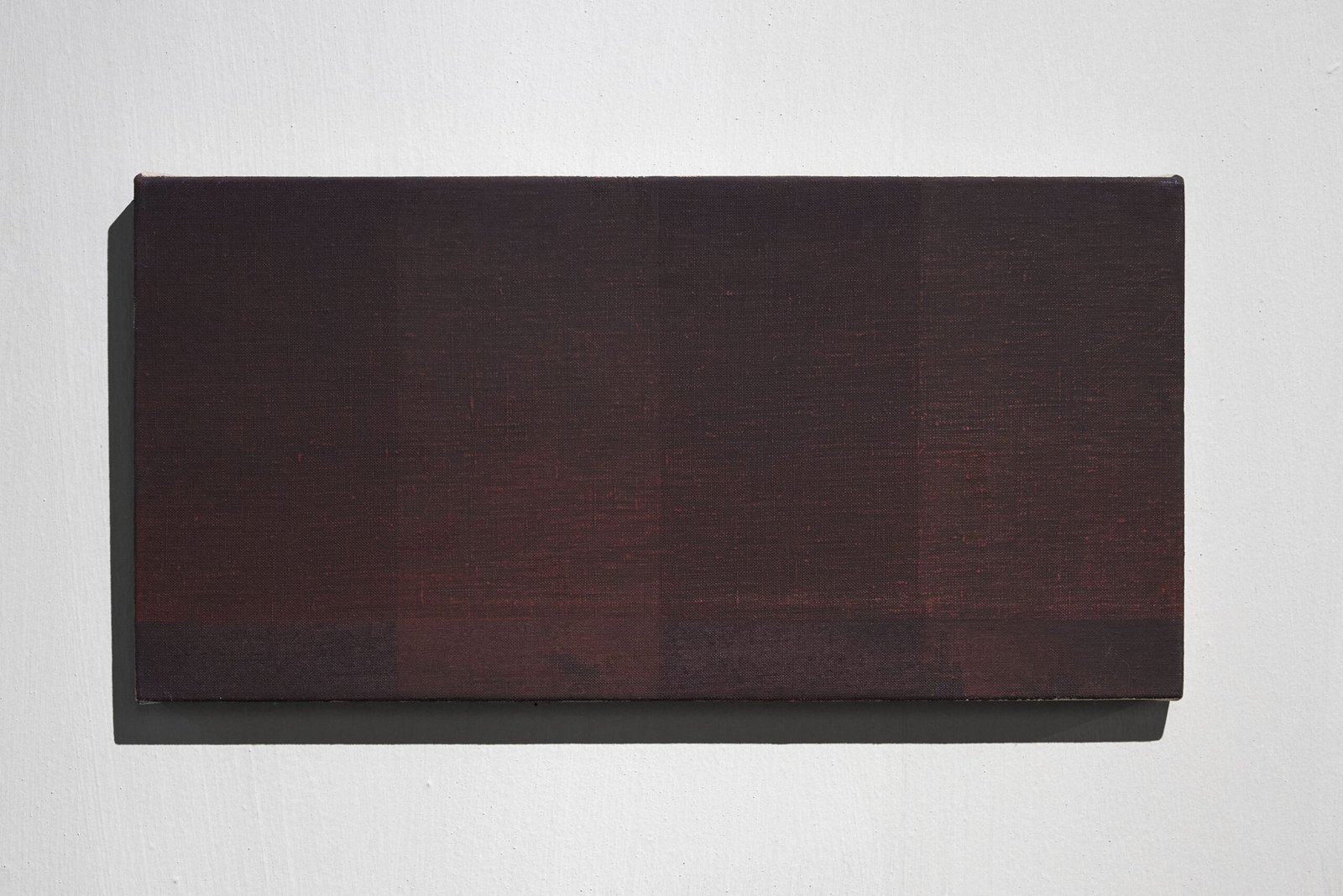
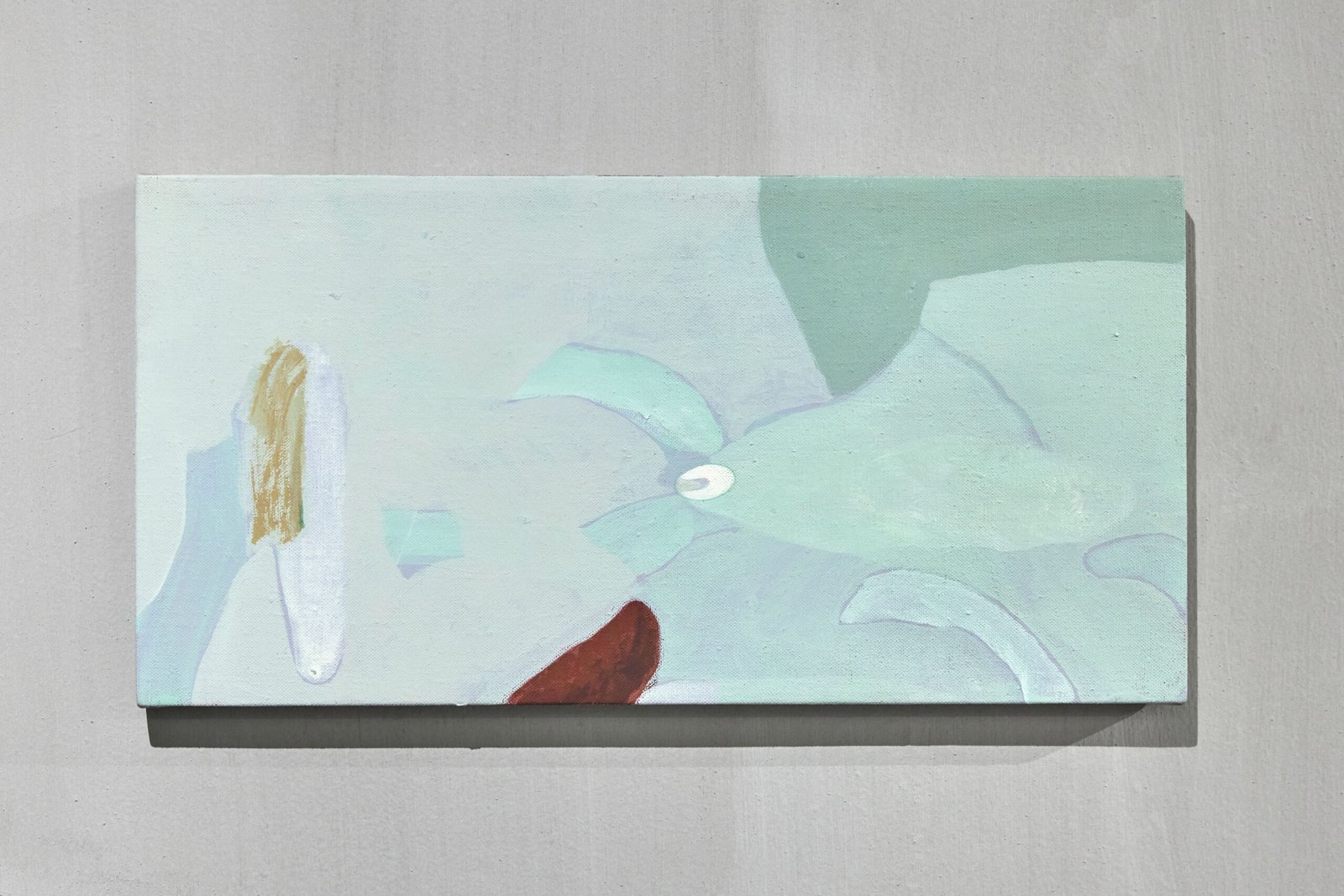
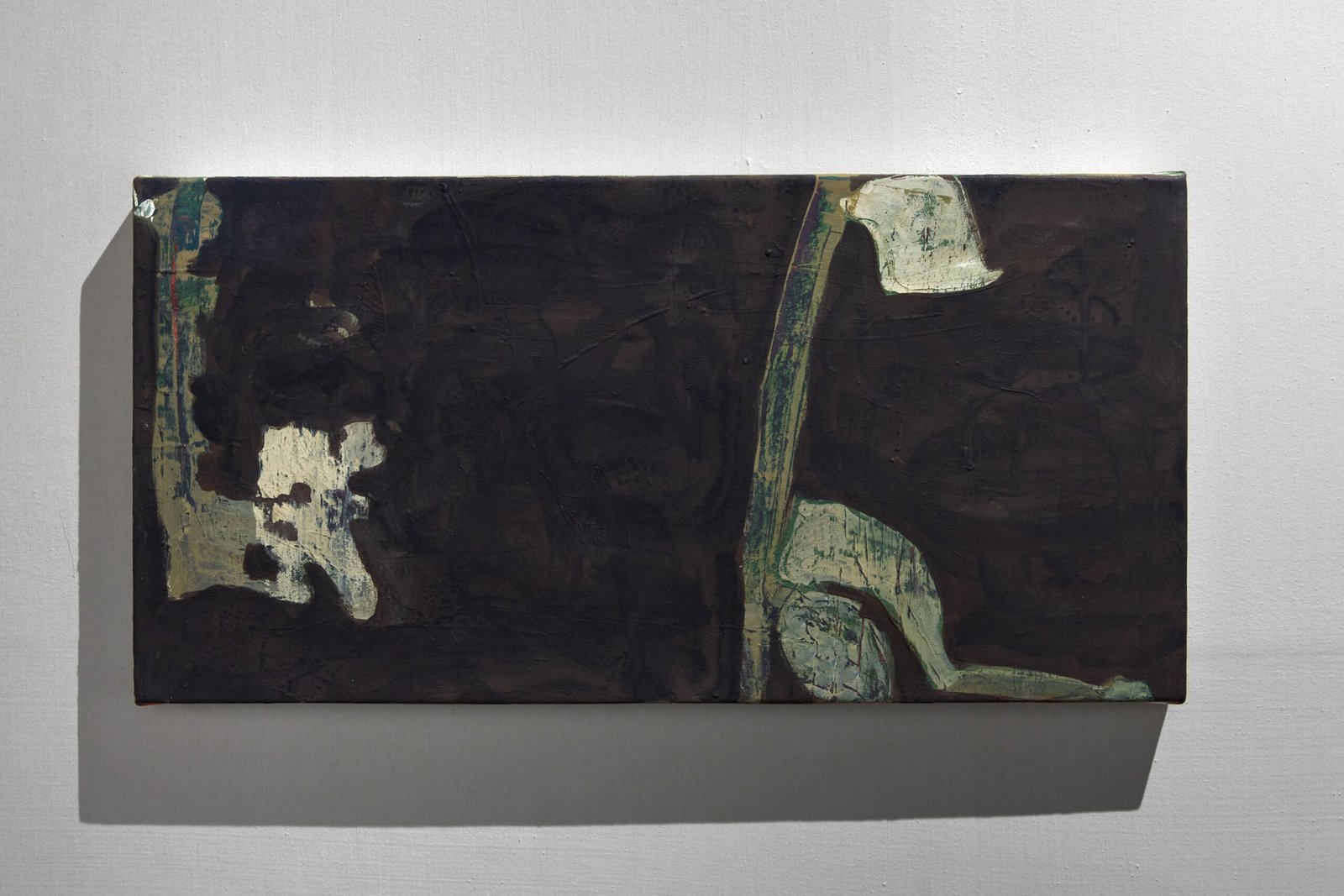
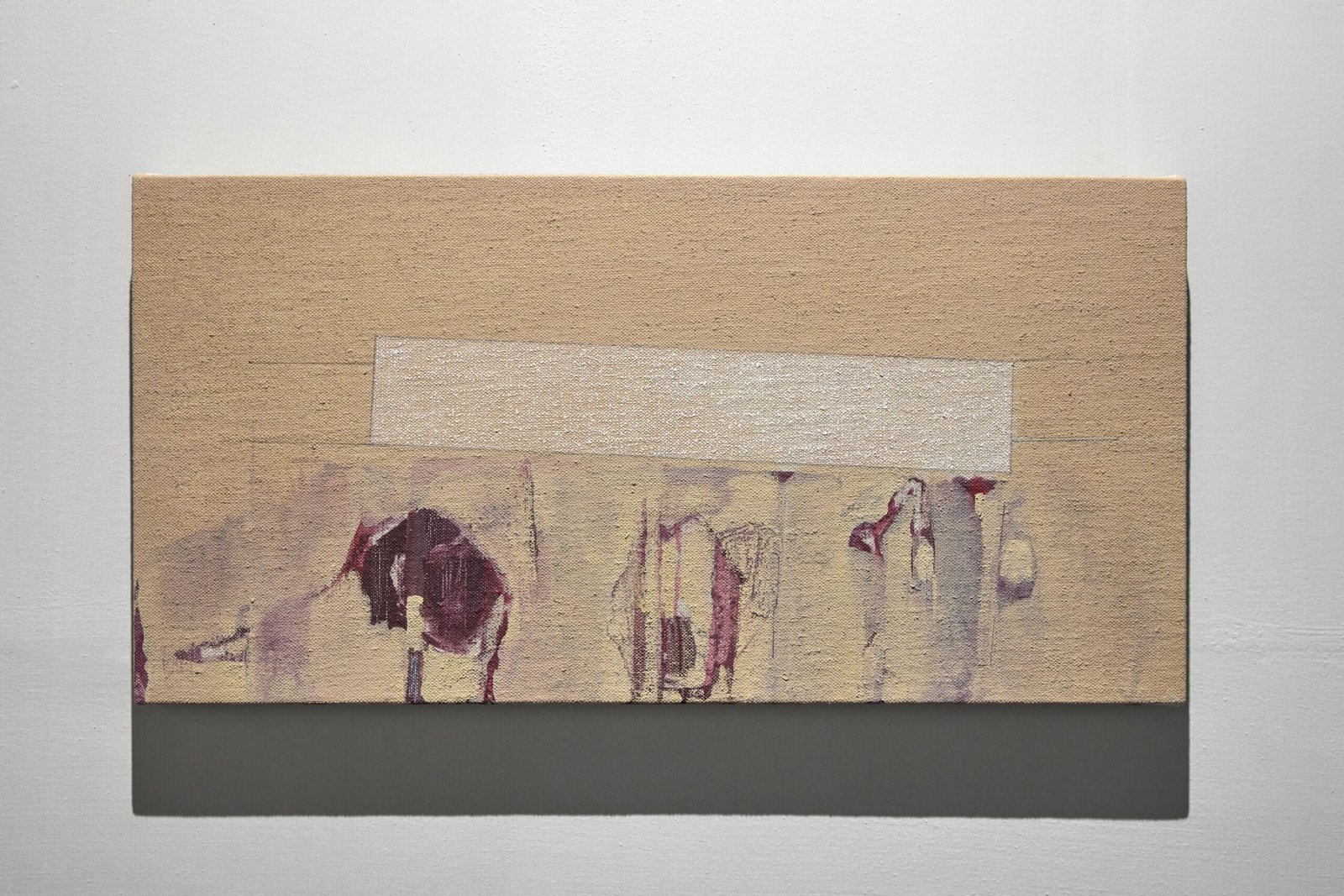
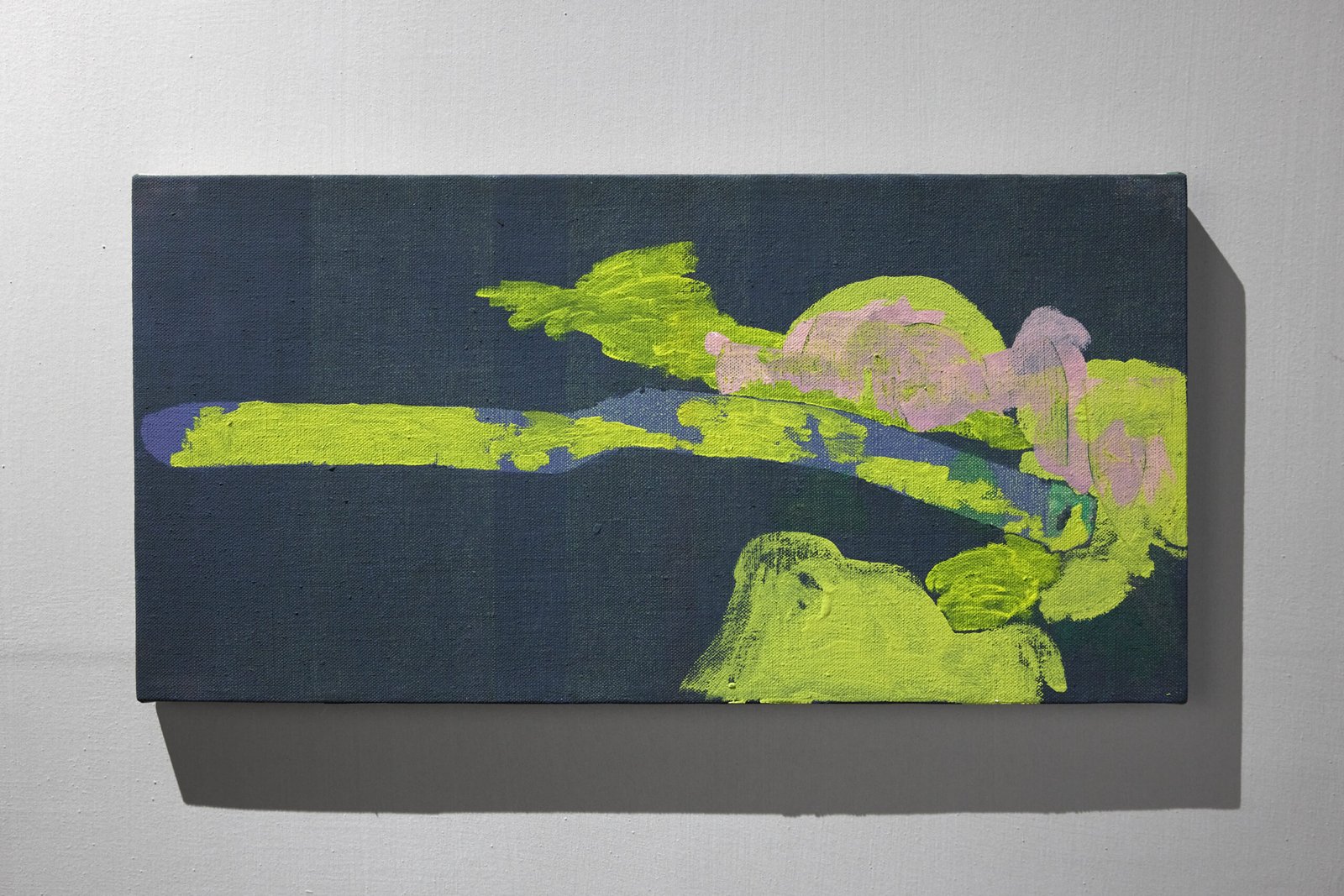

Painting can be a very stubborn undertaking. It can also be equally satisfying and spiritual. These are all stereotypes, valid and real.
Some painters go into the studio with certain hopes, plans, and expectations; others are far more freewheeling. In Los Angeles, where Michael Kennedy Costa and I both live, there are heaps of painters who are obsessed with astrology. I wonder what your rising sign might say about your practice. Actually, though — I think it’d be a fun exercise to apply the Myers-Briggs Type Indicator to painters. I’d be curious to see Michael’s questionnaire results; he’s both introverted and extroverted, he’s both thinking and feeling, he’s both sensing and intuiting, and he’s both judging and perceiving. And all of these qualities come out in all of his work.
My relationship with this stubborn, satisfying, and spiritual painter goes back 15 years now. We met in the MFA painting program at Virginia Commonwealth University in 2009. It’s funny how when you know someone for that long, your relationship tends to continually mold and shift over time, much like a substantial painting practice. The best relationships, the best artworks, the best exhibitions — most of the best things in life, in fact — require time, patience, sensitivity, passion, and compassion.
After approximately a decade of being solely dedicated to drawing, Michael has returned to painting, but he has abandoned oil paint (for now). He has been using the commercial paint Flashe and colored pencils on canvas and linen. These material choices are directly connected to time, patience, and sensitivity. Flashe typically has more of a graphic quality, but Michael has managed to manipulate it in an unorthodox manner, allowing him to speak to the tradition of oil painting. Additionally, the drying time gives him a newfound sense of freedom and flexibility. The colored pencils provide methods of treatment in ways that are traditionally and typically not available within the medium. These new paintings also project a level of passion that I often find to be missing in the contemporary discourse; despite, at times, seeming to have a somewhat measured mood or a cerebral centeredness, these pictures hold a lot of love within them. They convey a reverence for the past, a recording of the present, and a foreshadowing of the future.
Lately, I’ve been thinking a lot about why I have been championing Michael’s work for the better part of two decades; I believe these portable pieces made in this peculiar format perfectly encapsulate why. They oscillate between the gnarly and the divine, the spirited and the tranquil, the all-over and the barely-there. Some surfaces are scraped and/or scratched, some are smooth, some are caked-on, some are chalky. One palette might be bright and warm with the coolness of a summer breeze, while the next might be dark and/or muted, perhaps reminiscent of how I’ve remembered sections of classy cocktail bars from late-night conversations. Michael is steadfast in his path to avoid both generalities or the didactic in his work, which is such a rarity in abstraction, particularly in today’s landscape.
These most recent paintings, as with his previous ones, function in the ways I believe abstraction is ideally intended to function. Abstract paintings ought to capture the essence of life without claiming to spell out the specifics, while also being wholly specific to the individual maker’s mind, eye, hand, and perspective. They ought to evoke a wide range of emotions and balance illusions and allusions. They ought to offer a momentary sanctuary for us to contemplate without any concerns and meditate without a mantra. As an ex-painter myself, the act can often feel like that of blindfolded folly, but every so often, the sum of the parts actually adds up and what the painter sees is what the rest of us get.